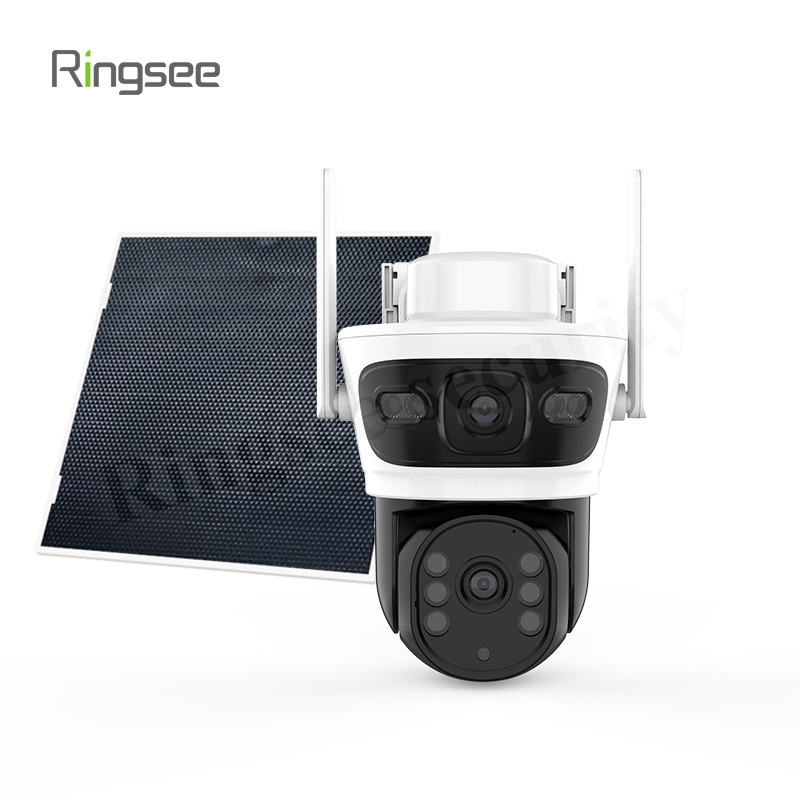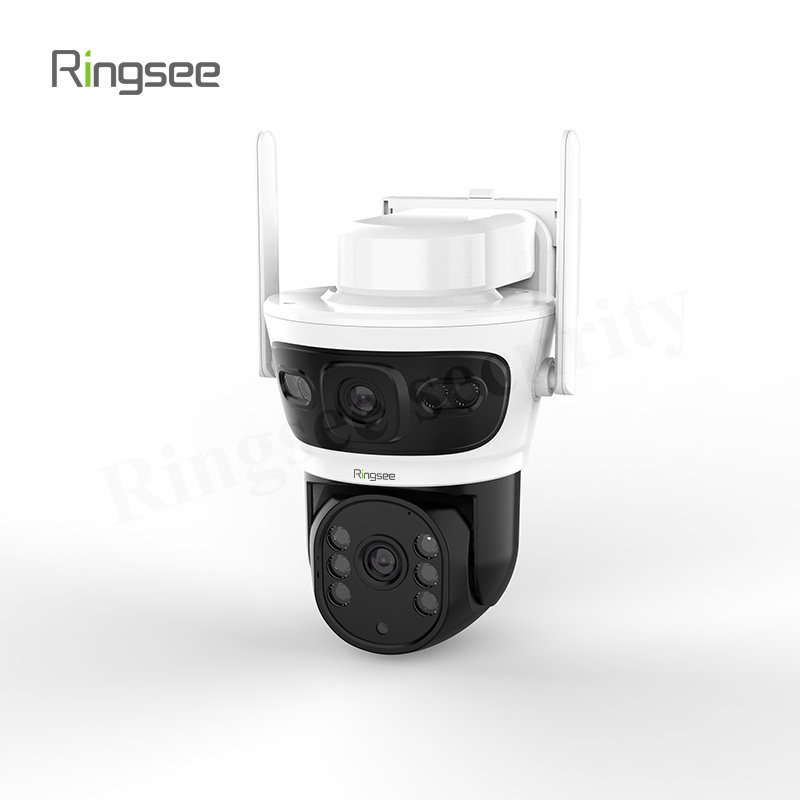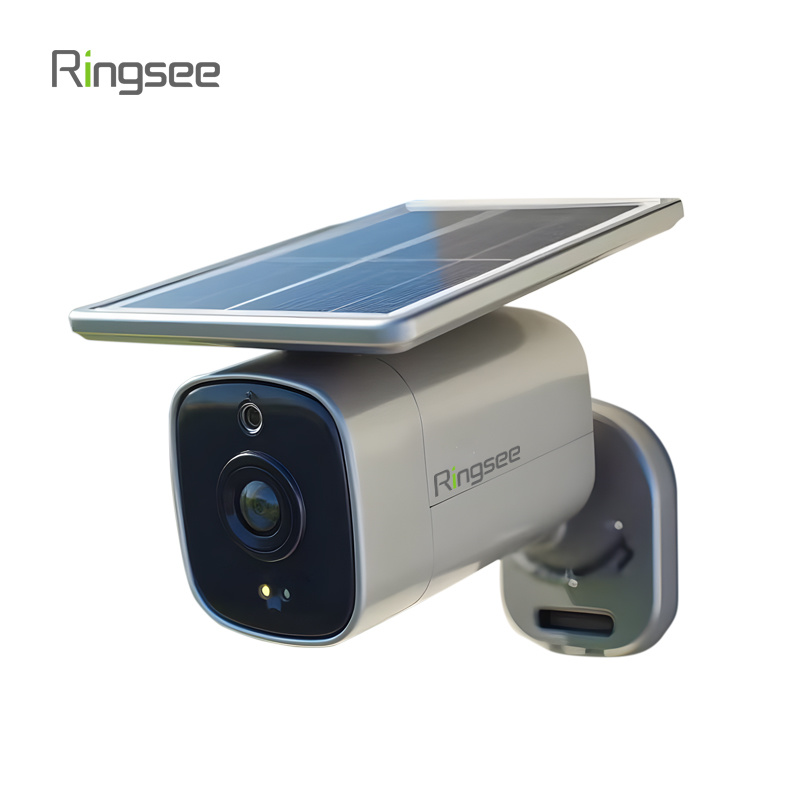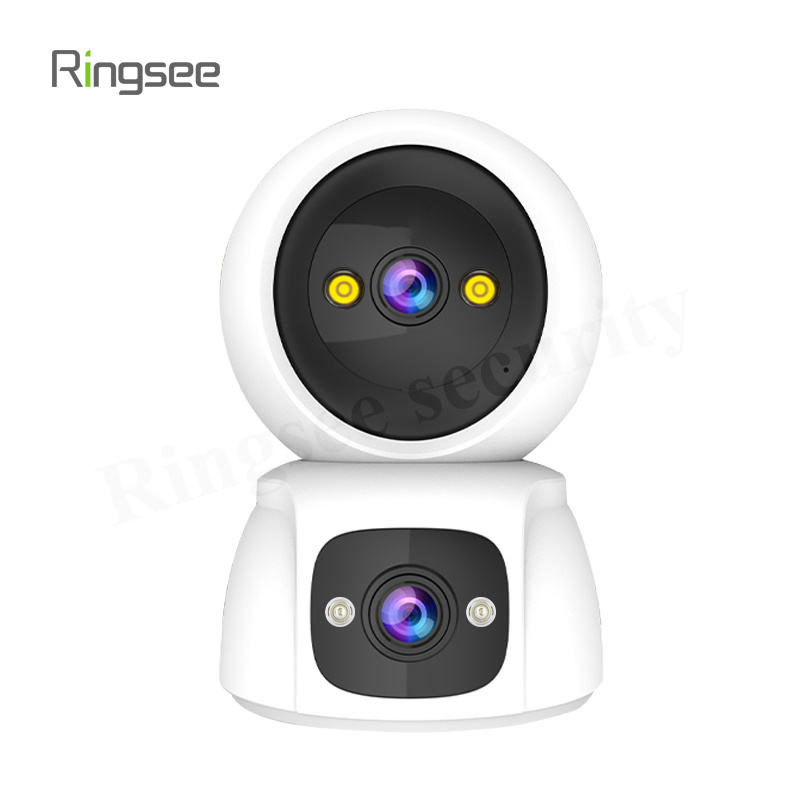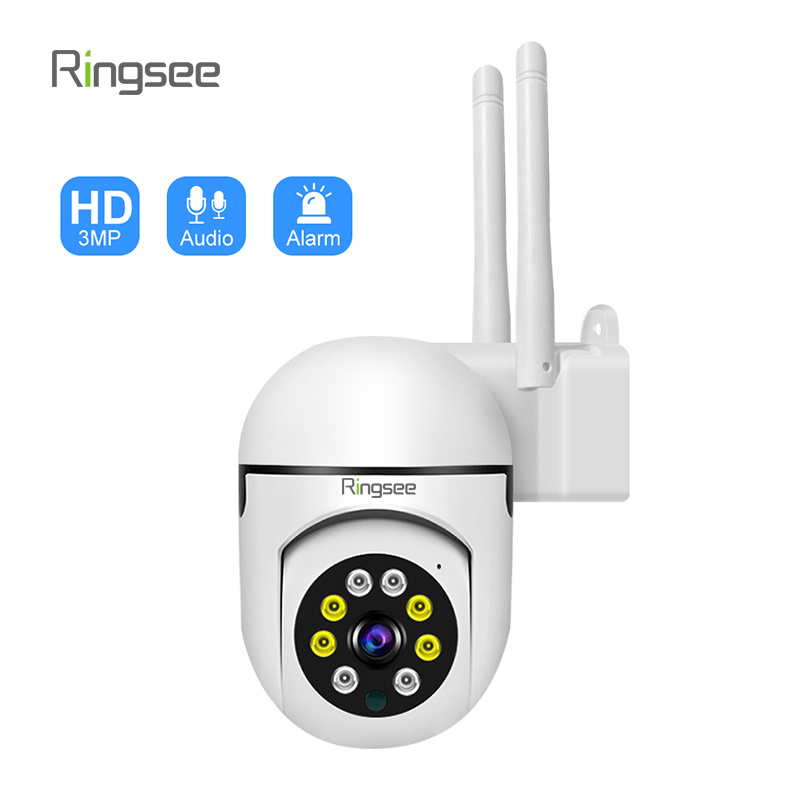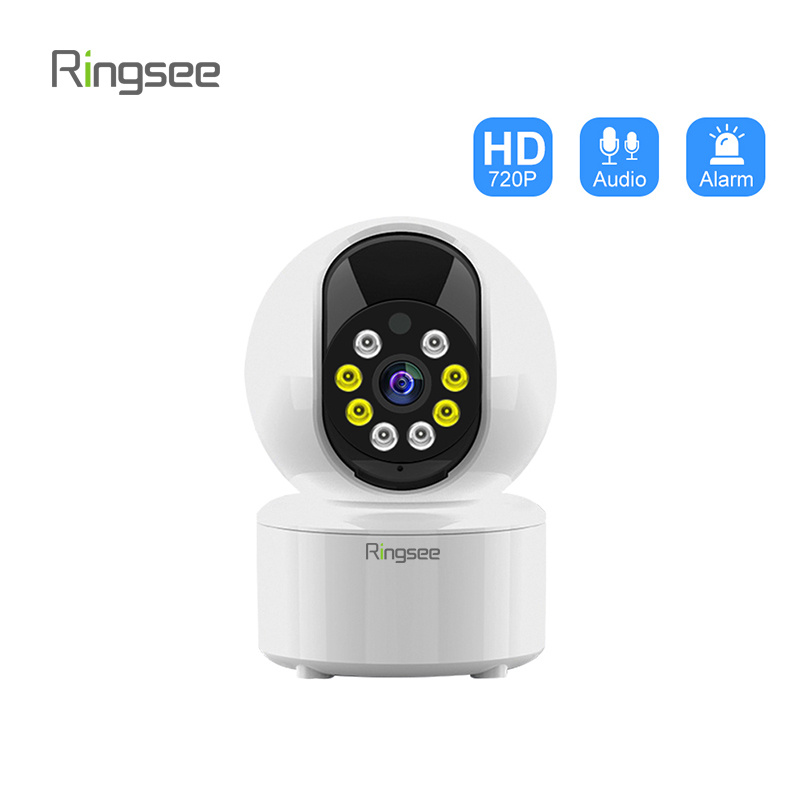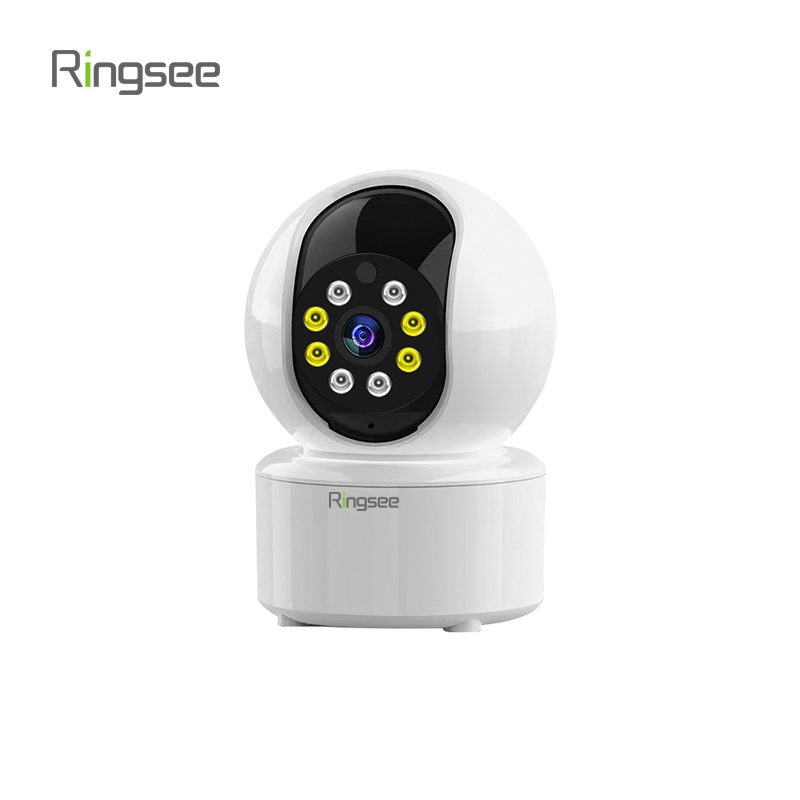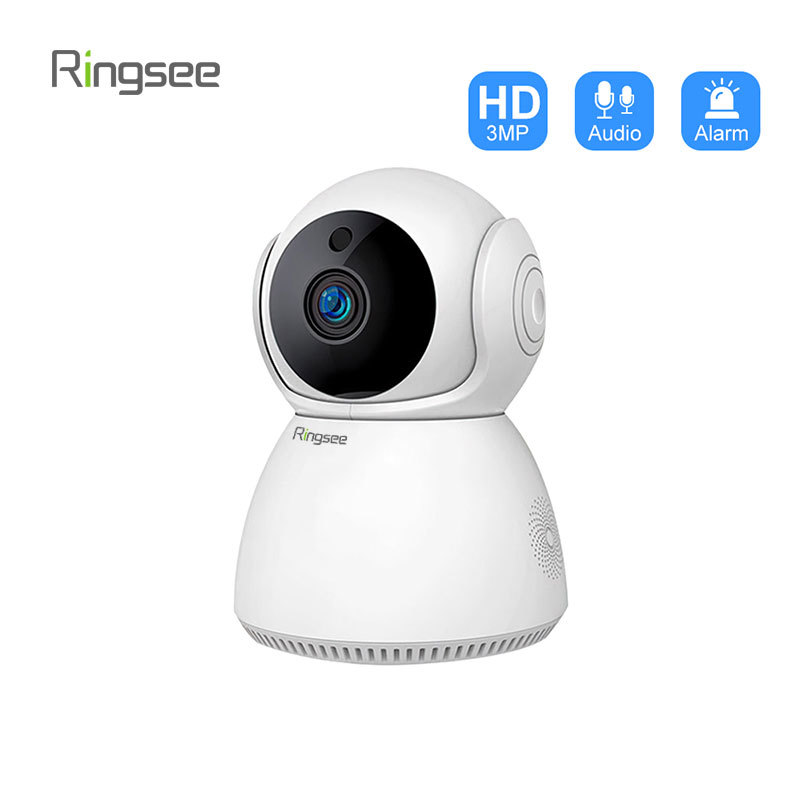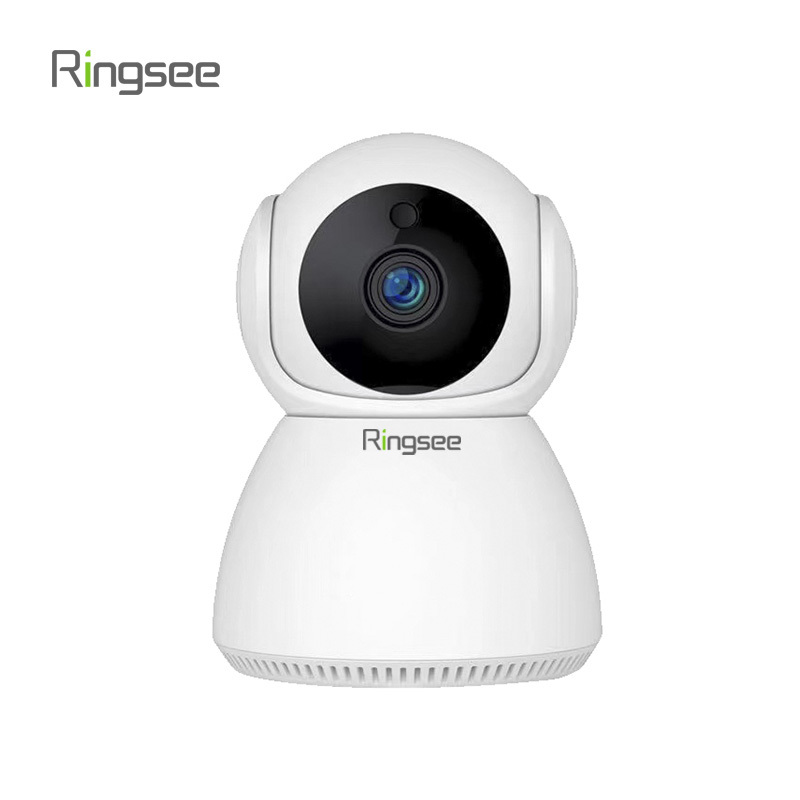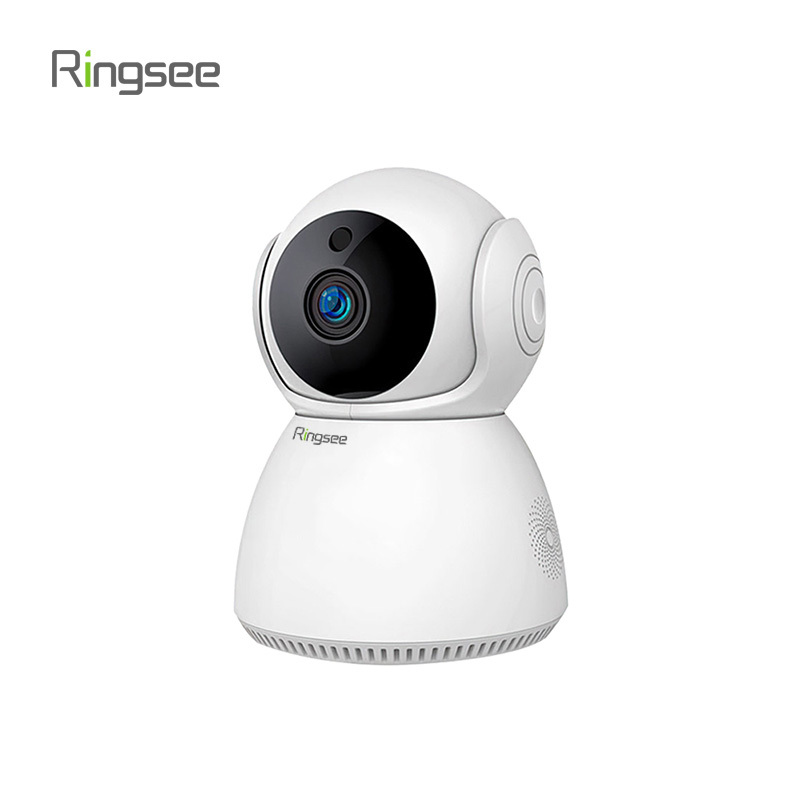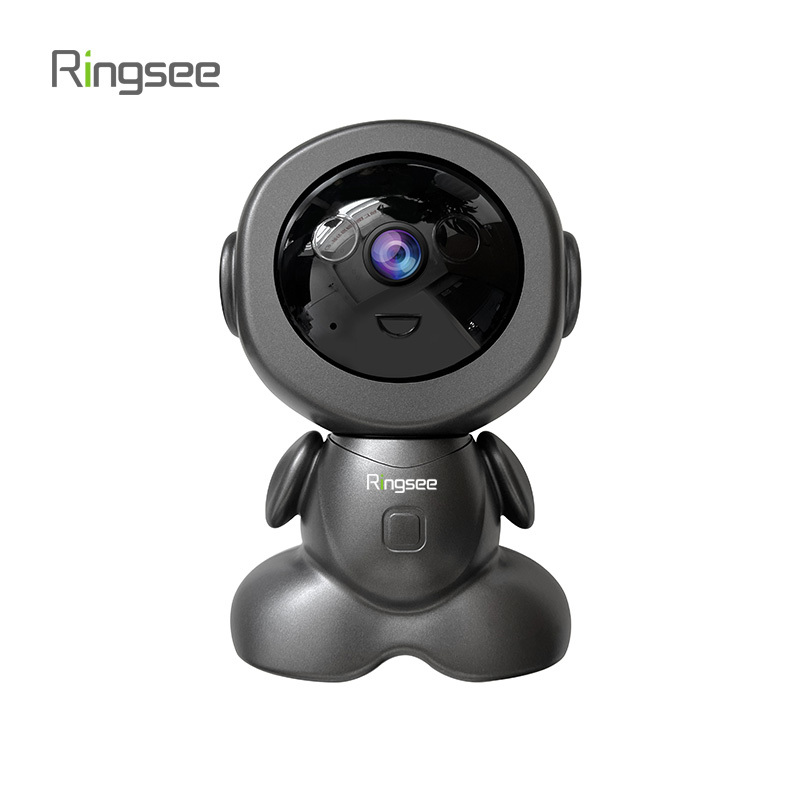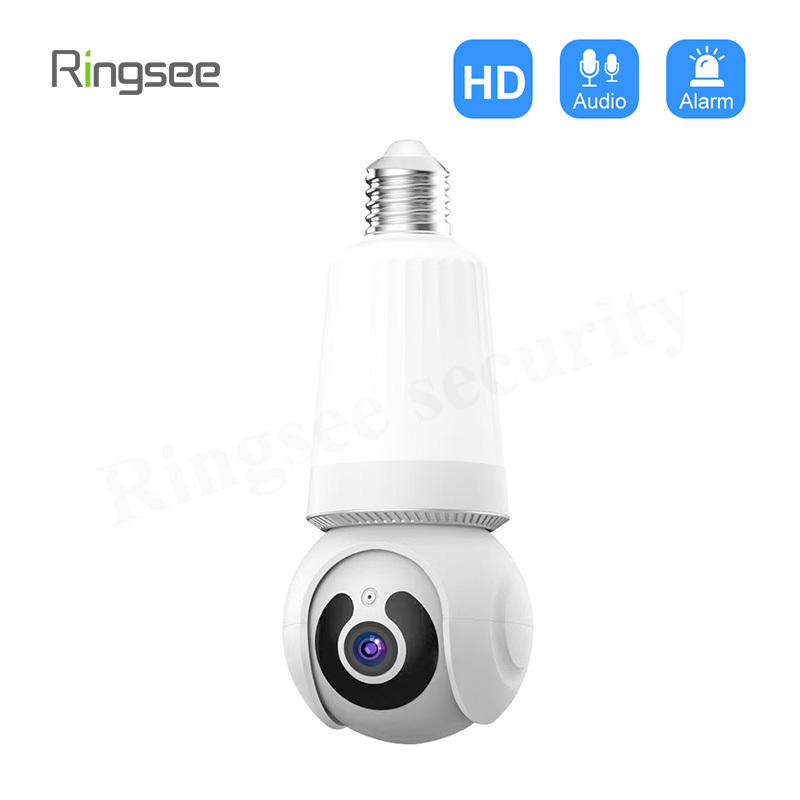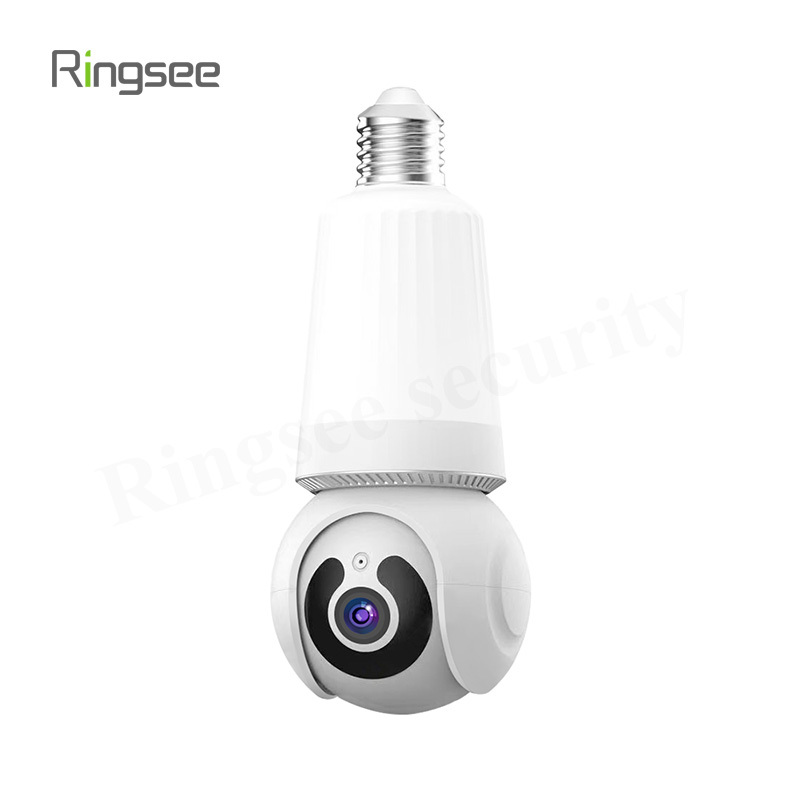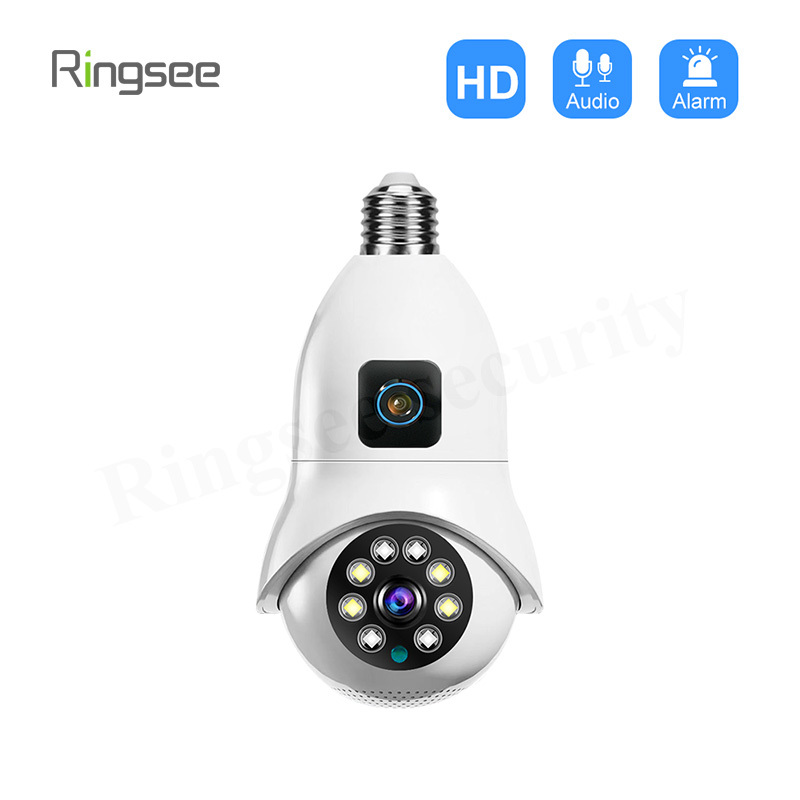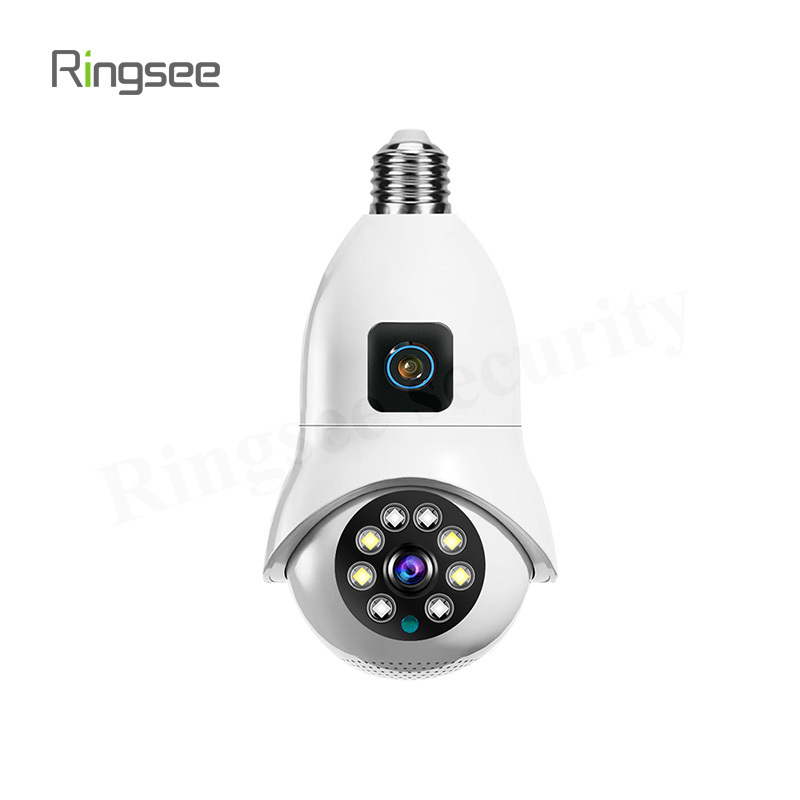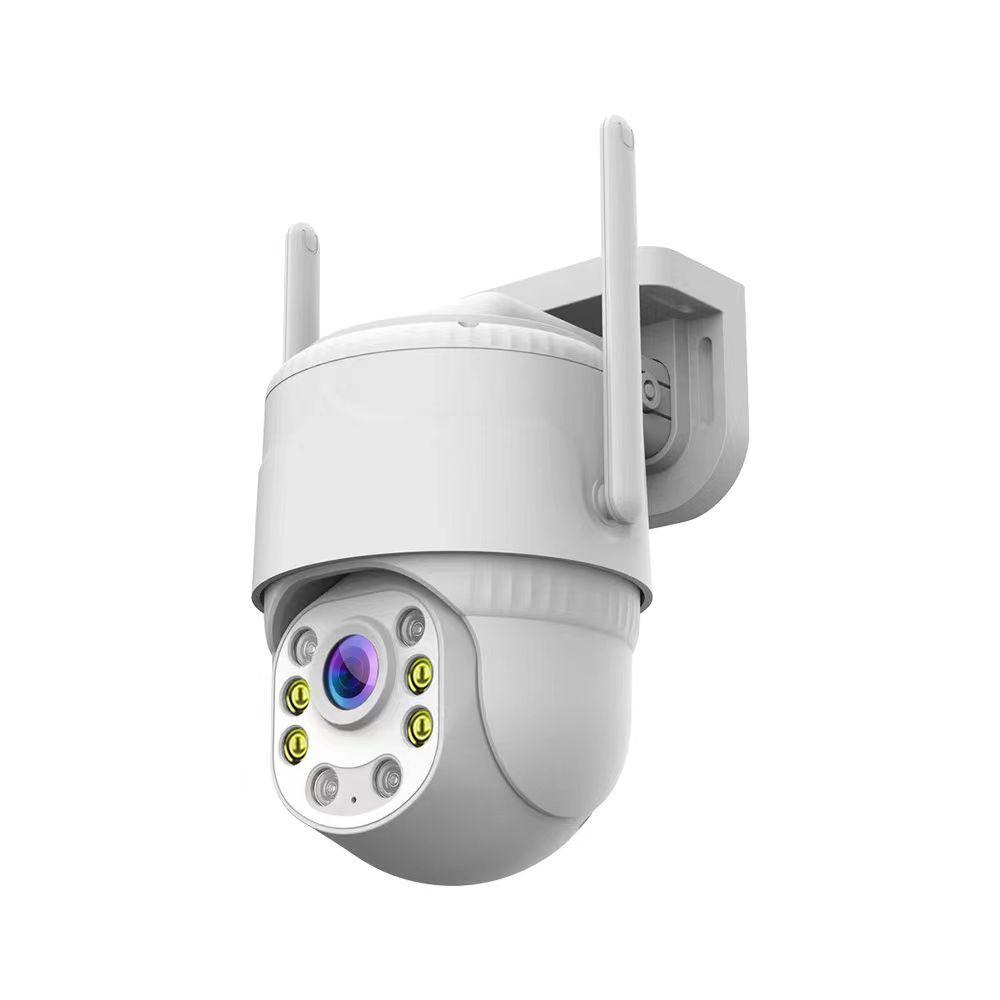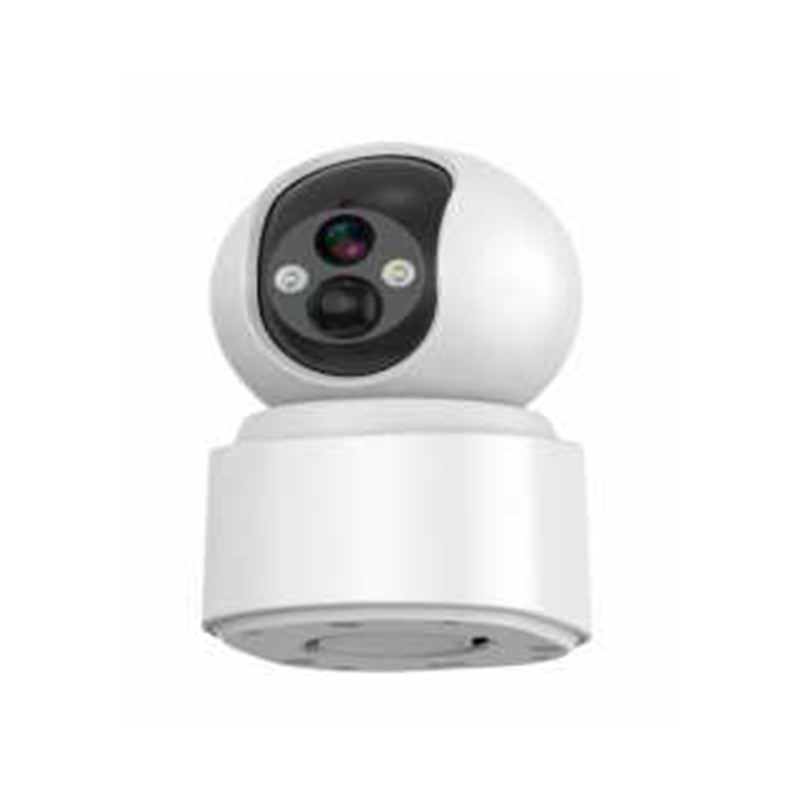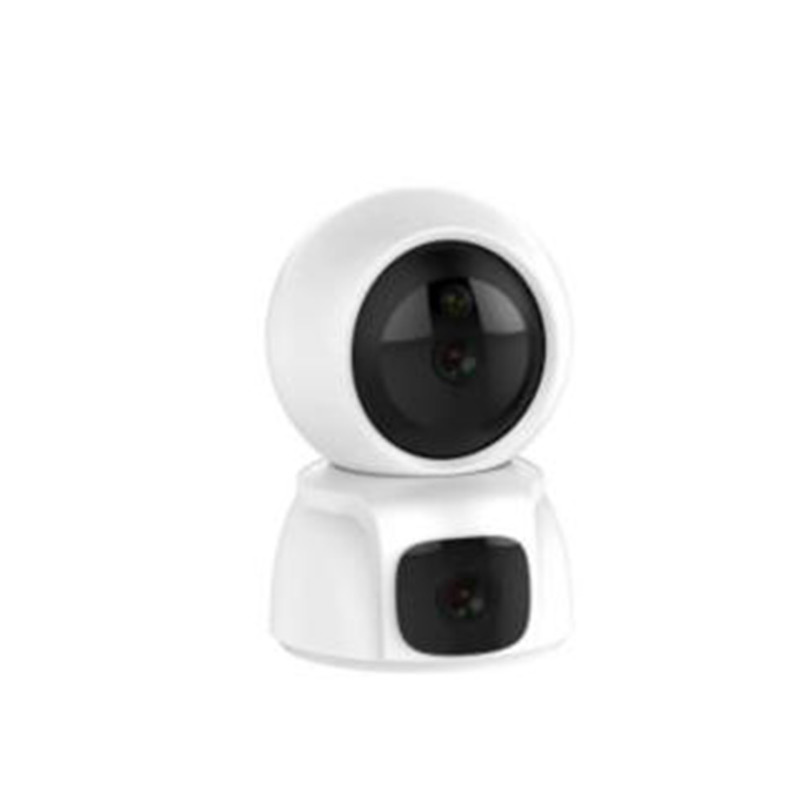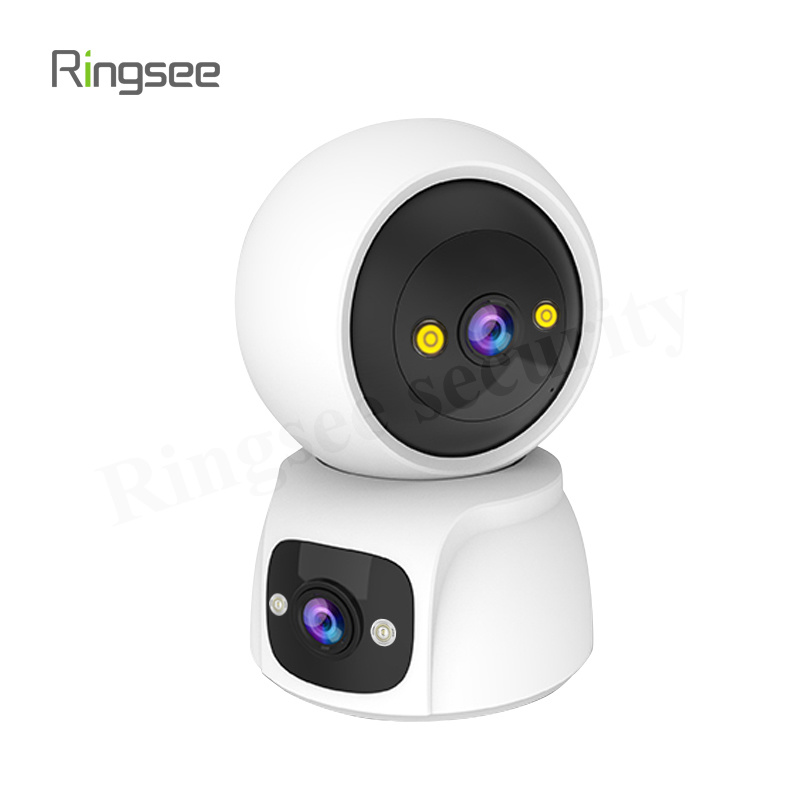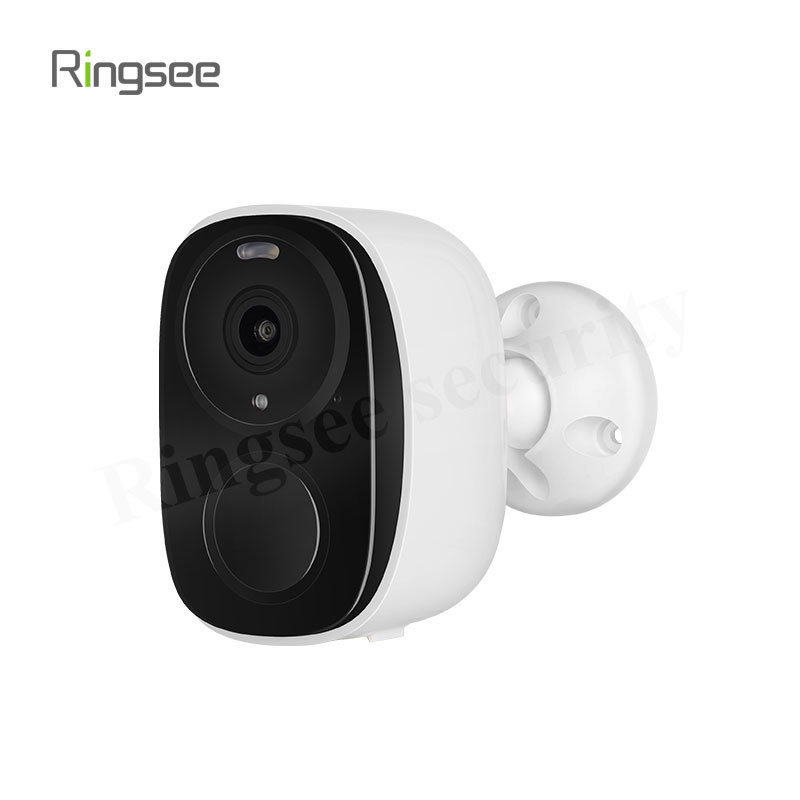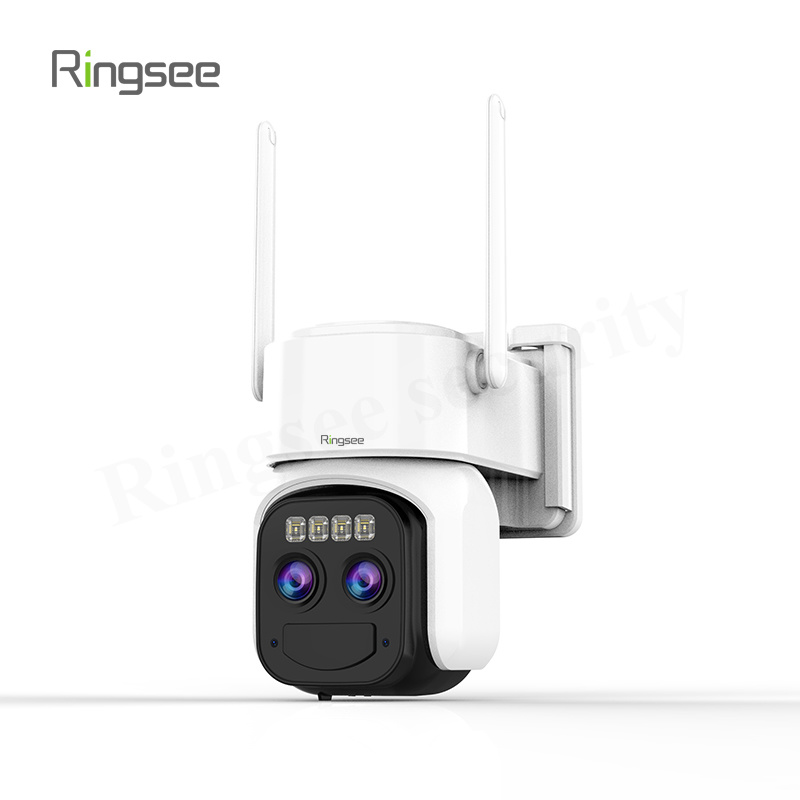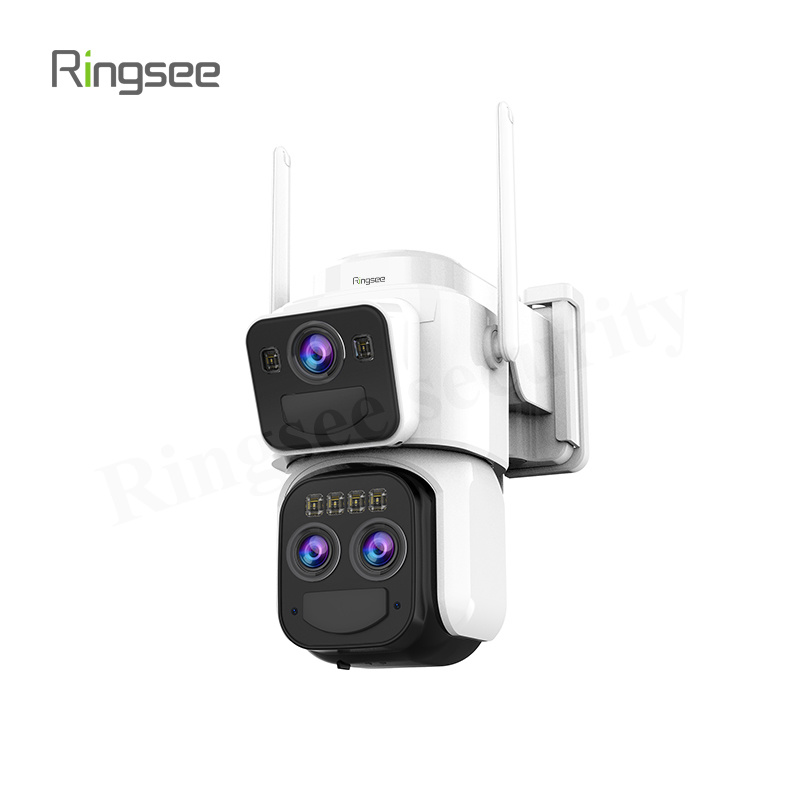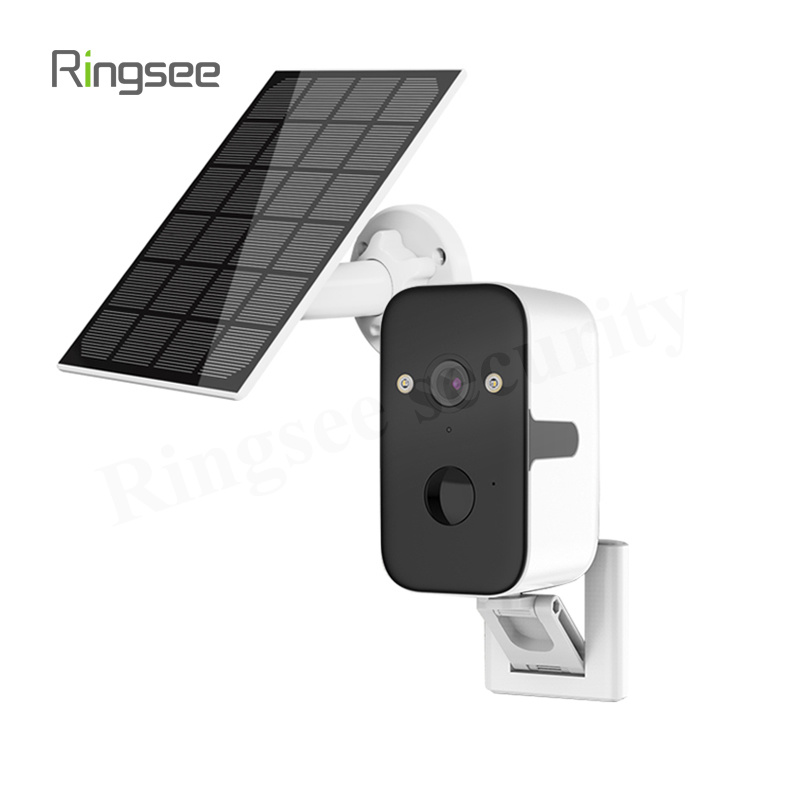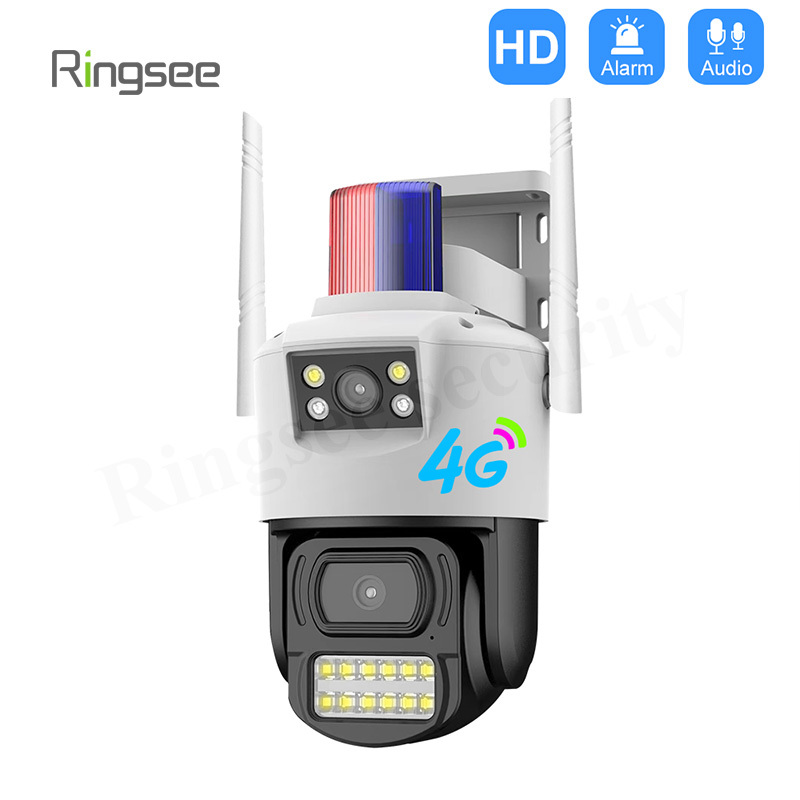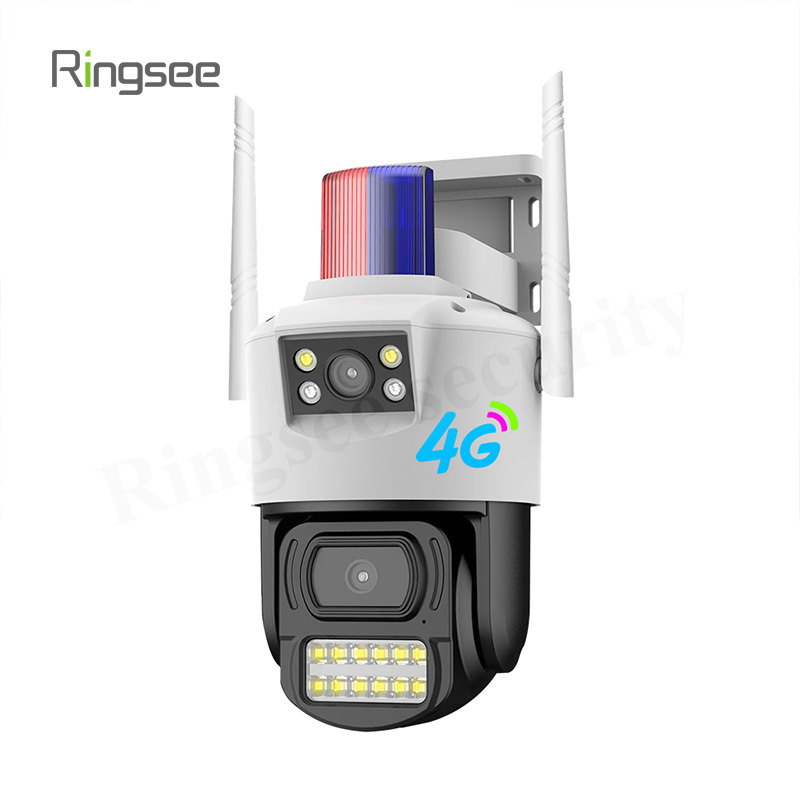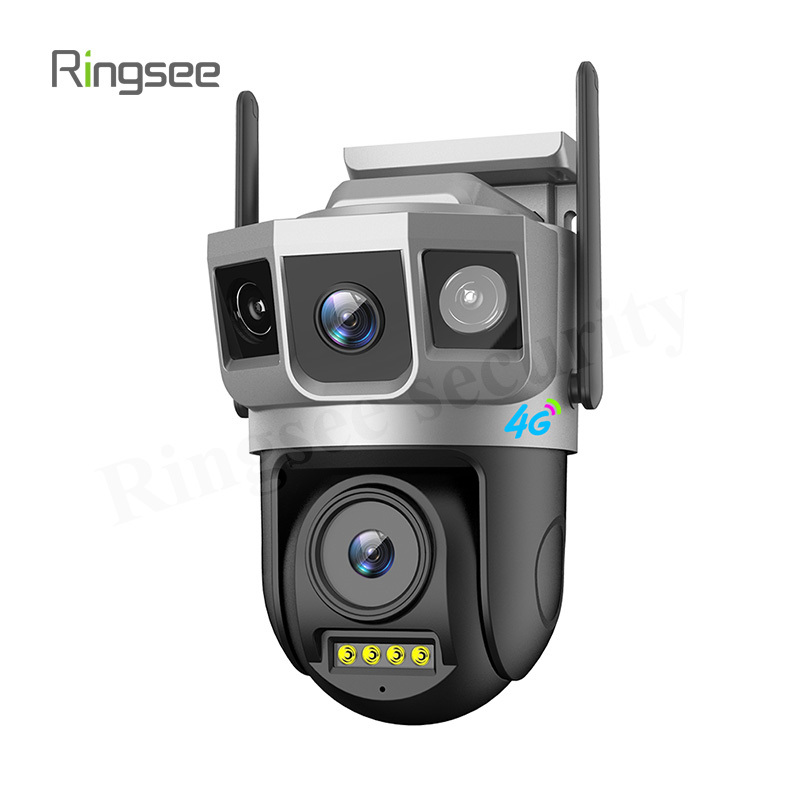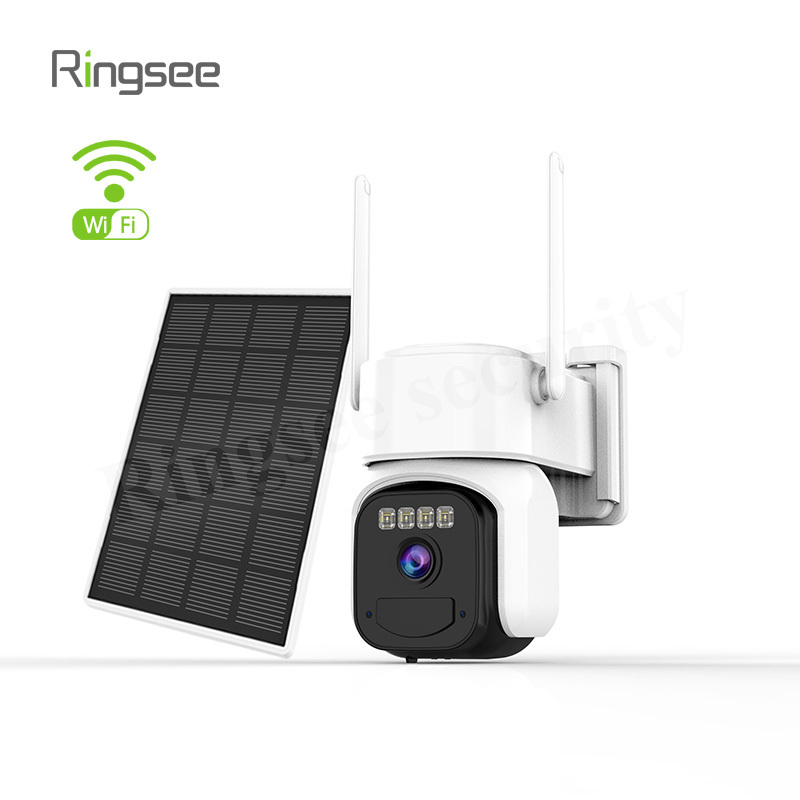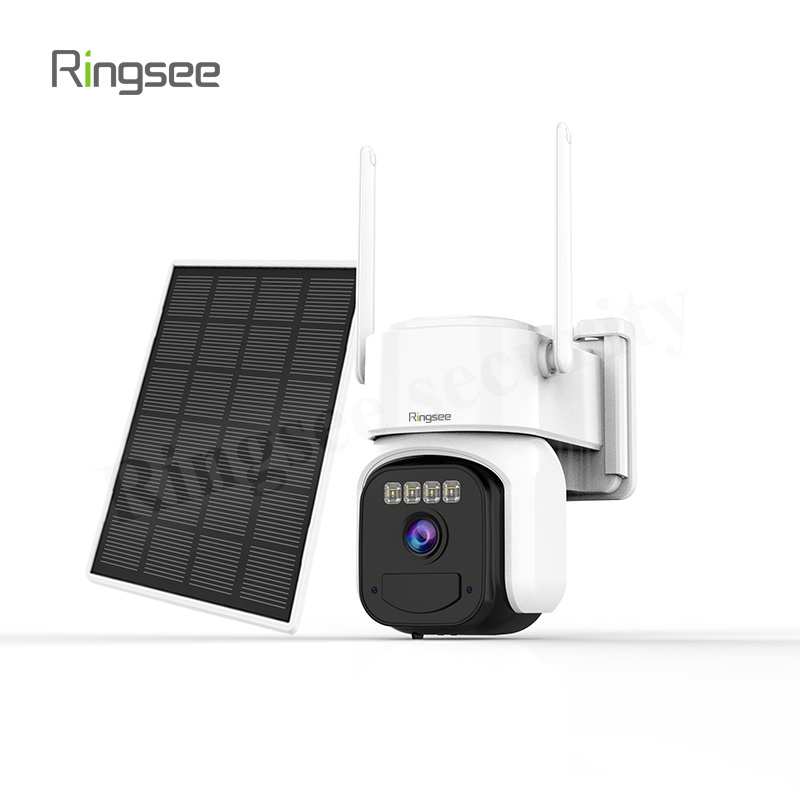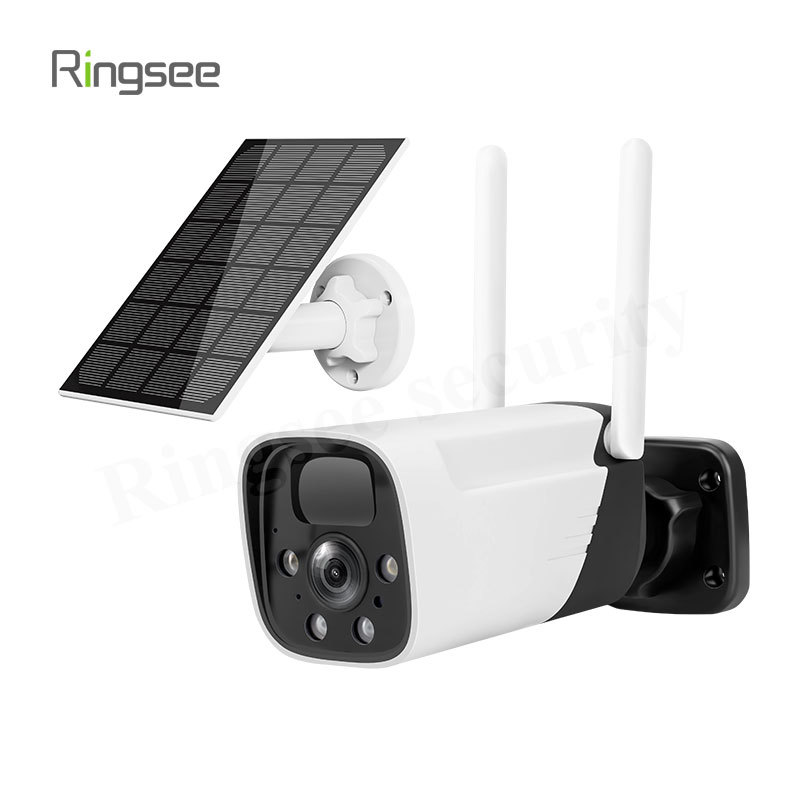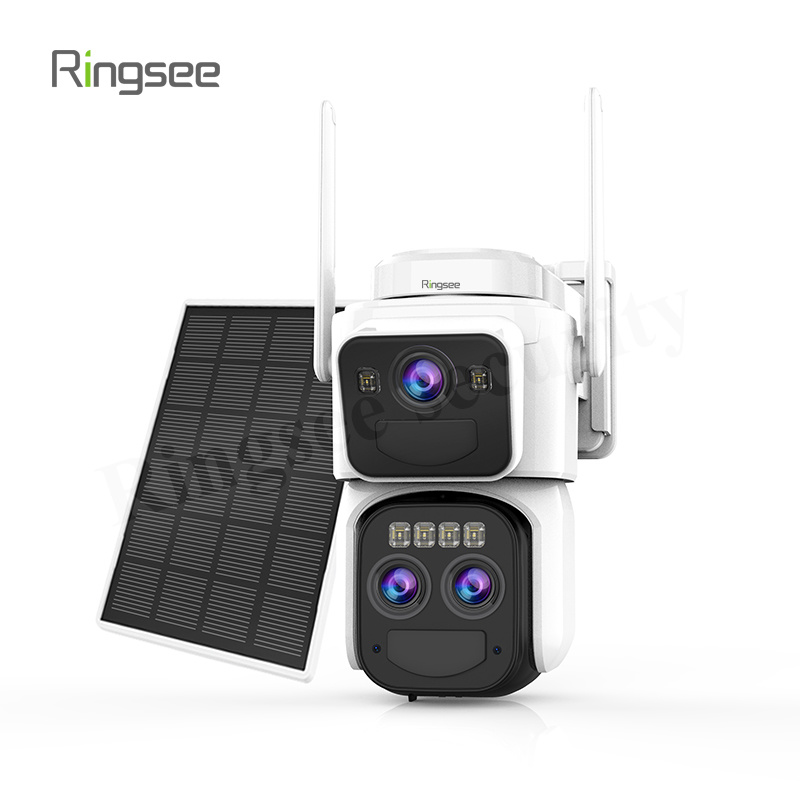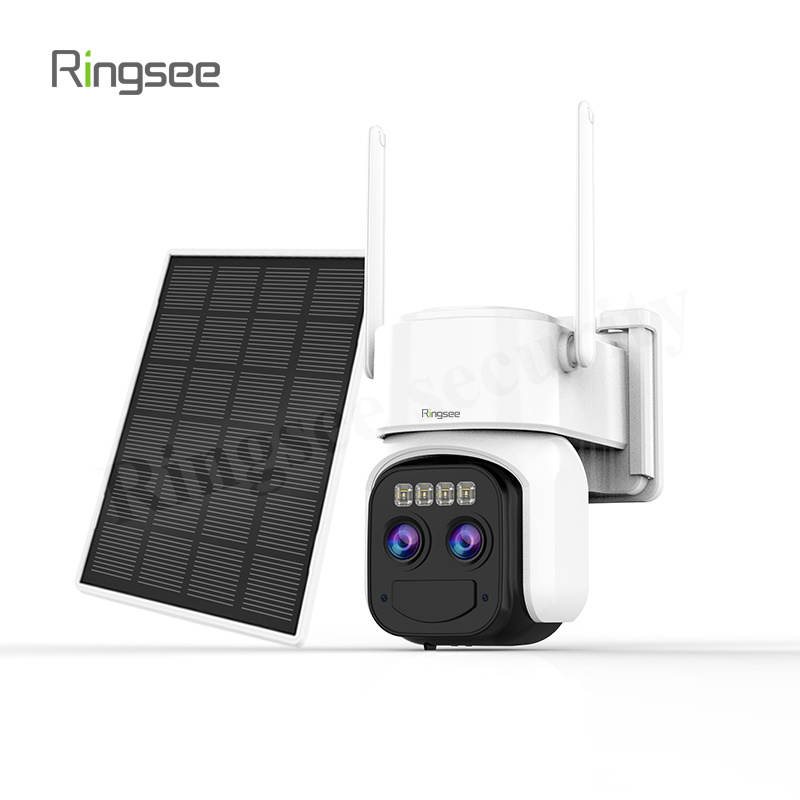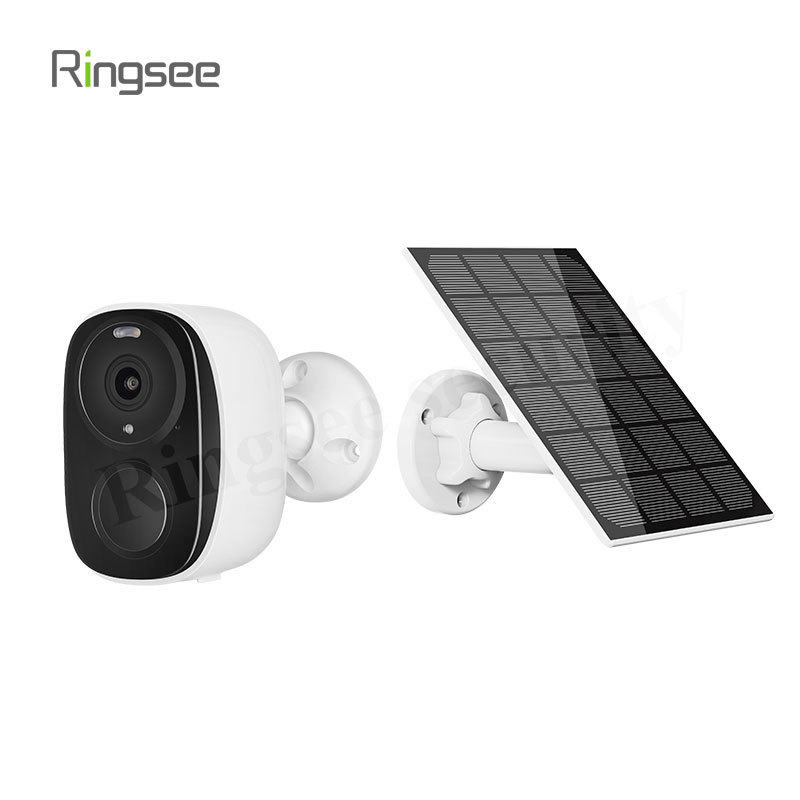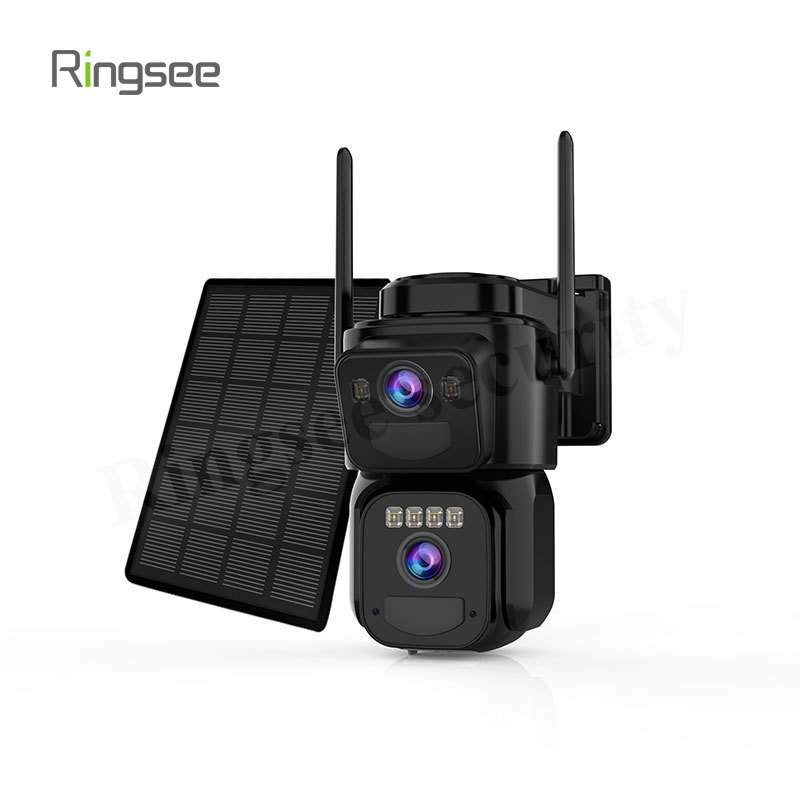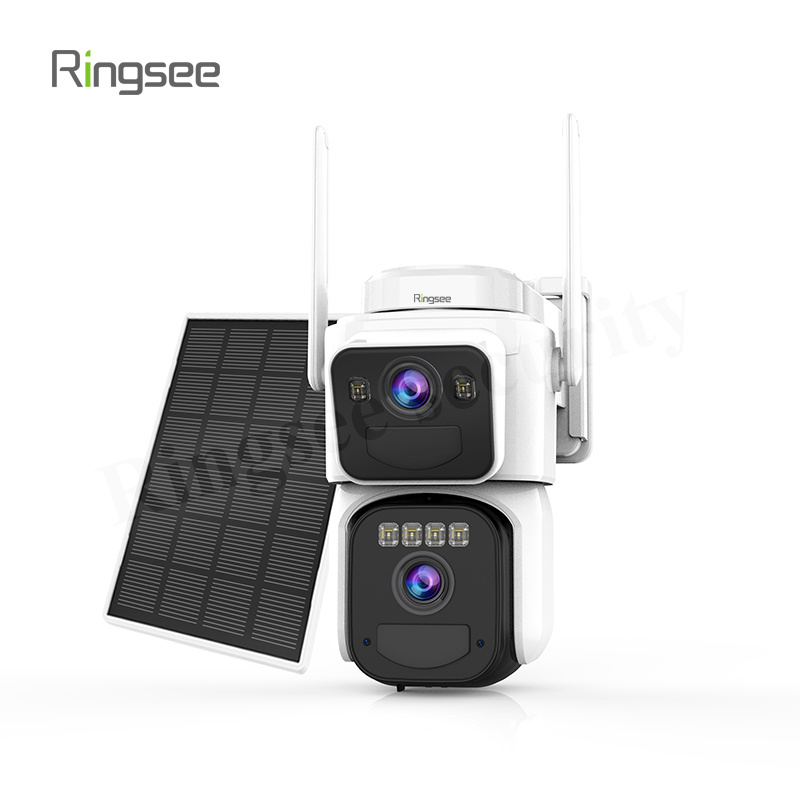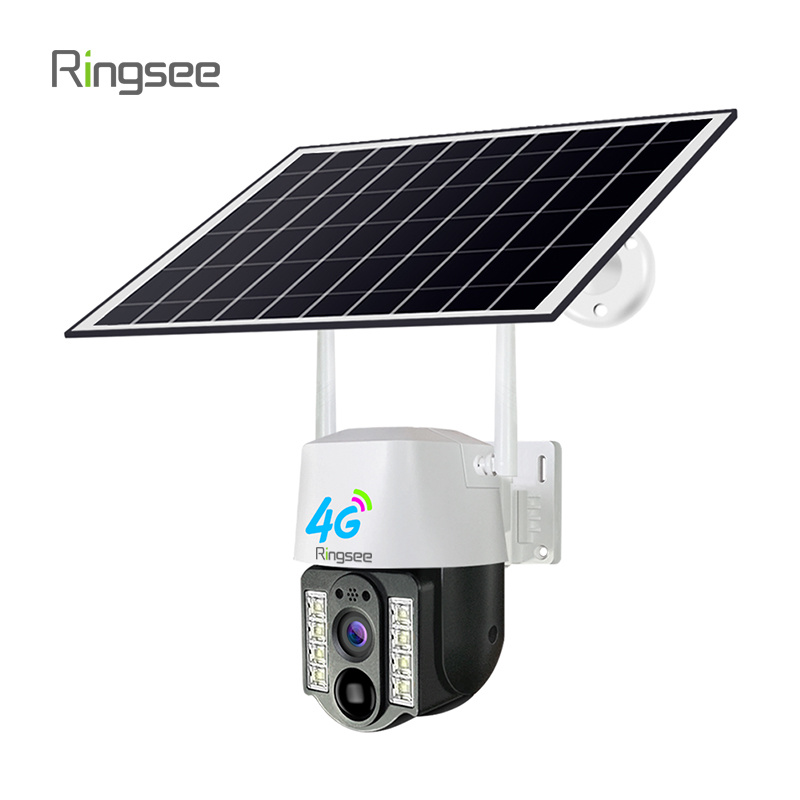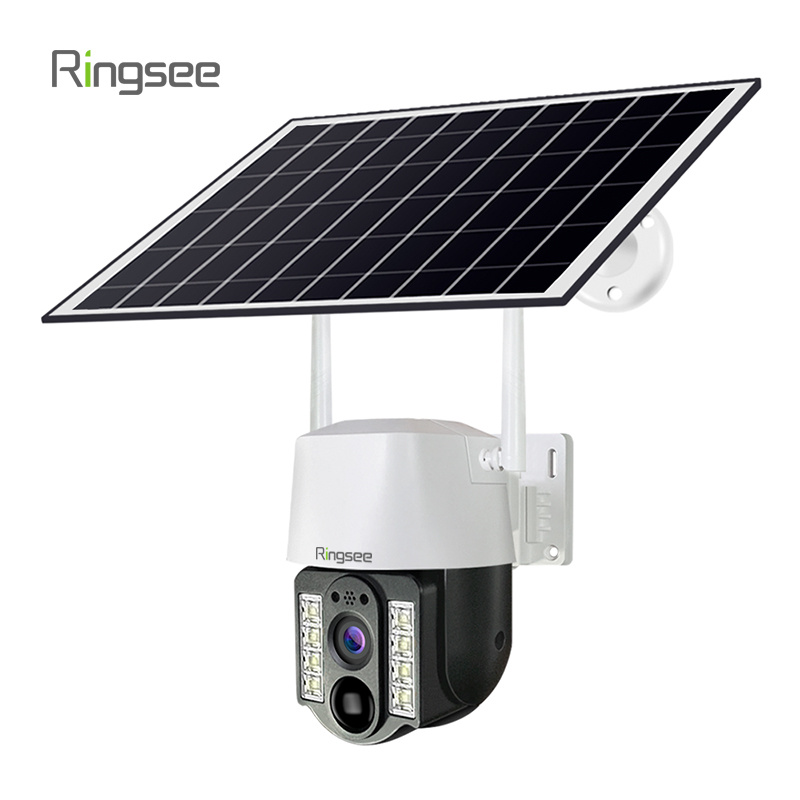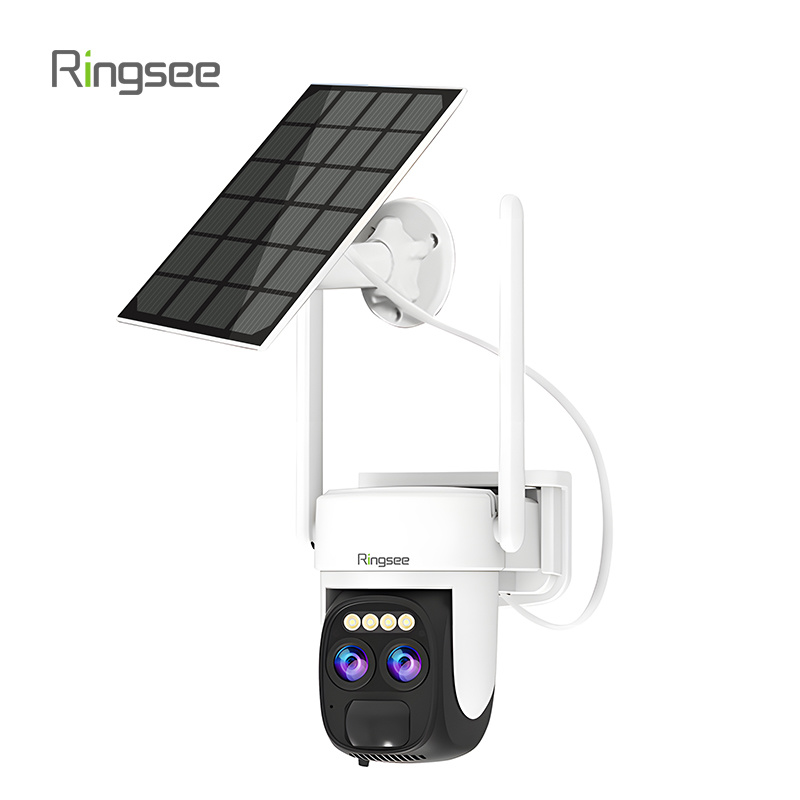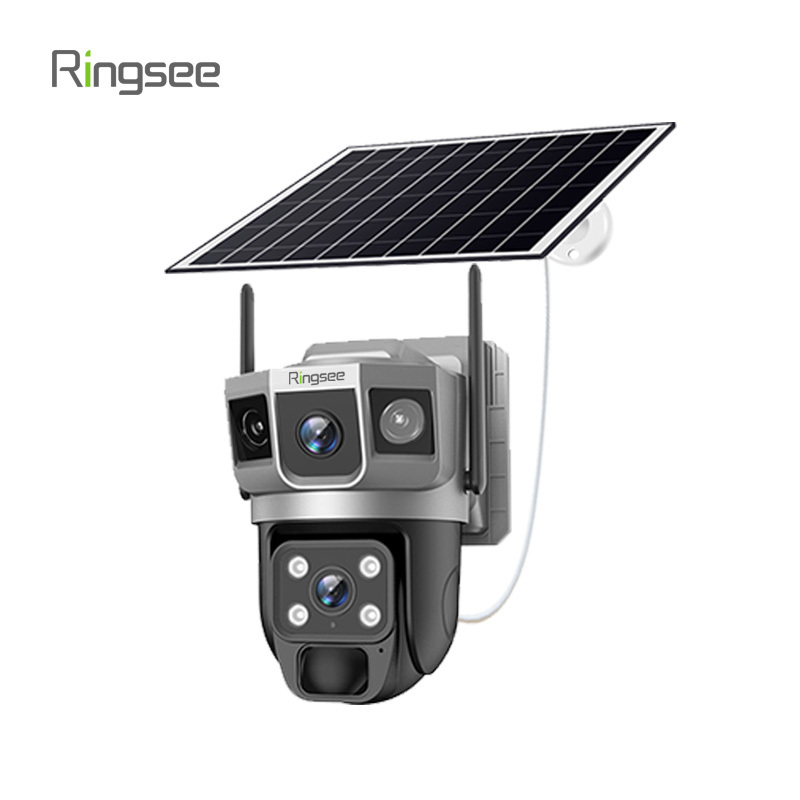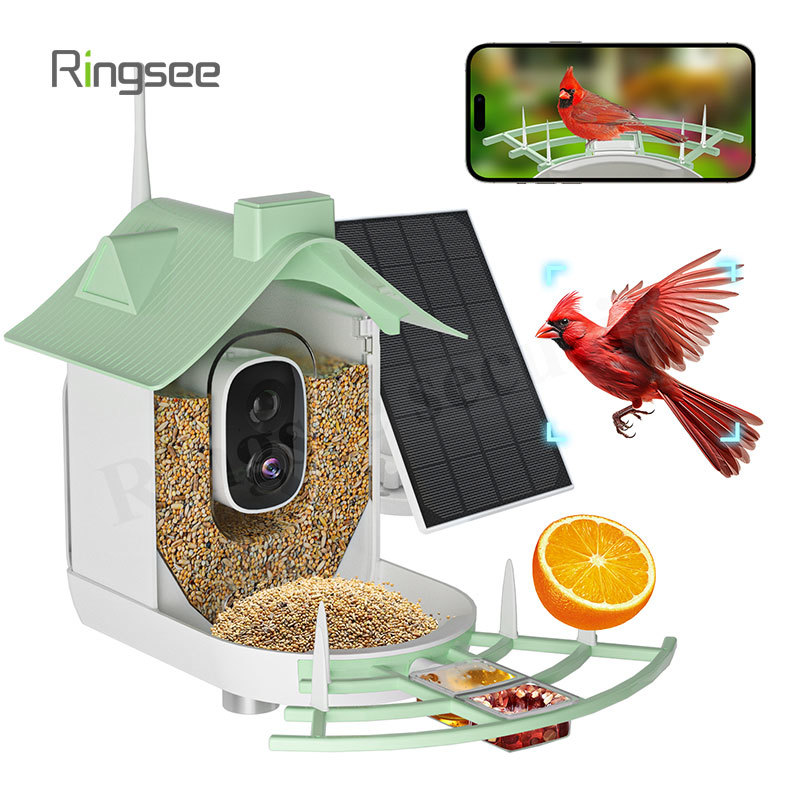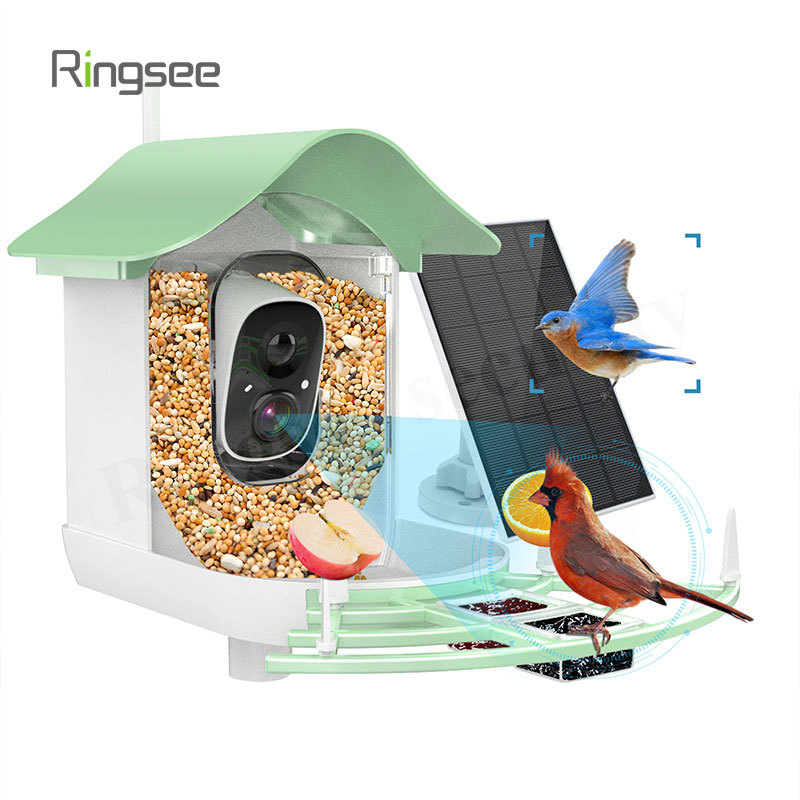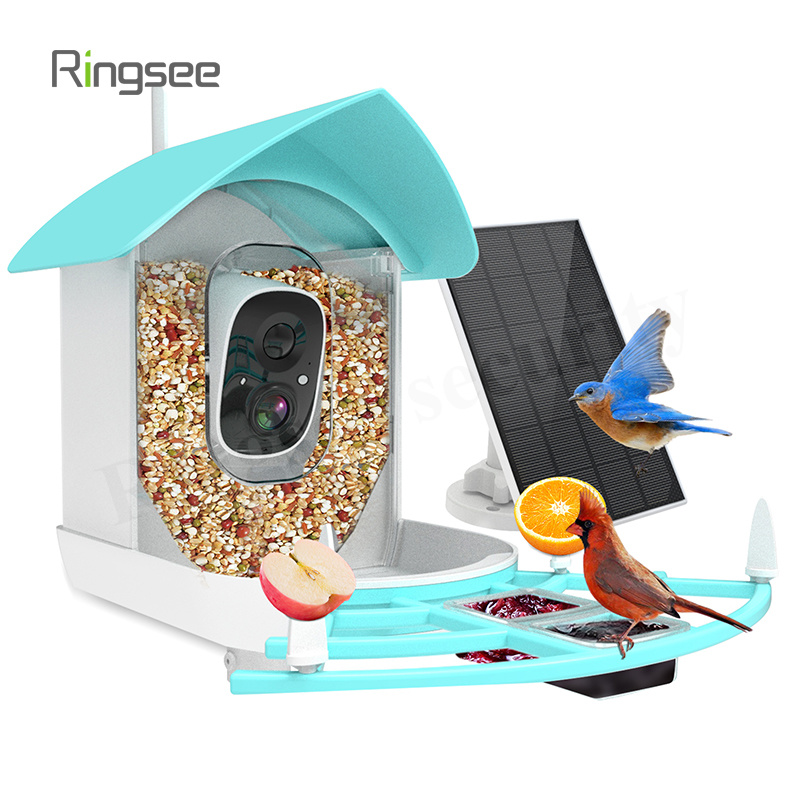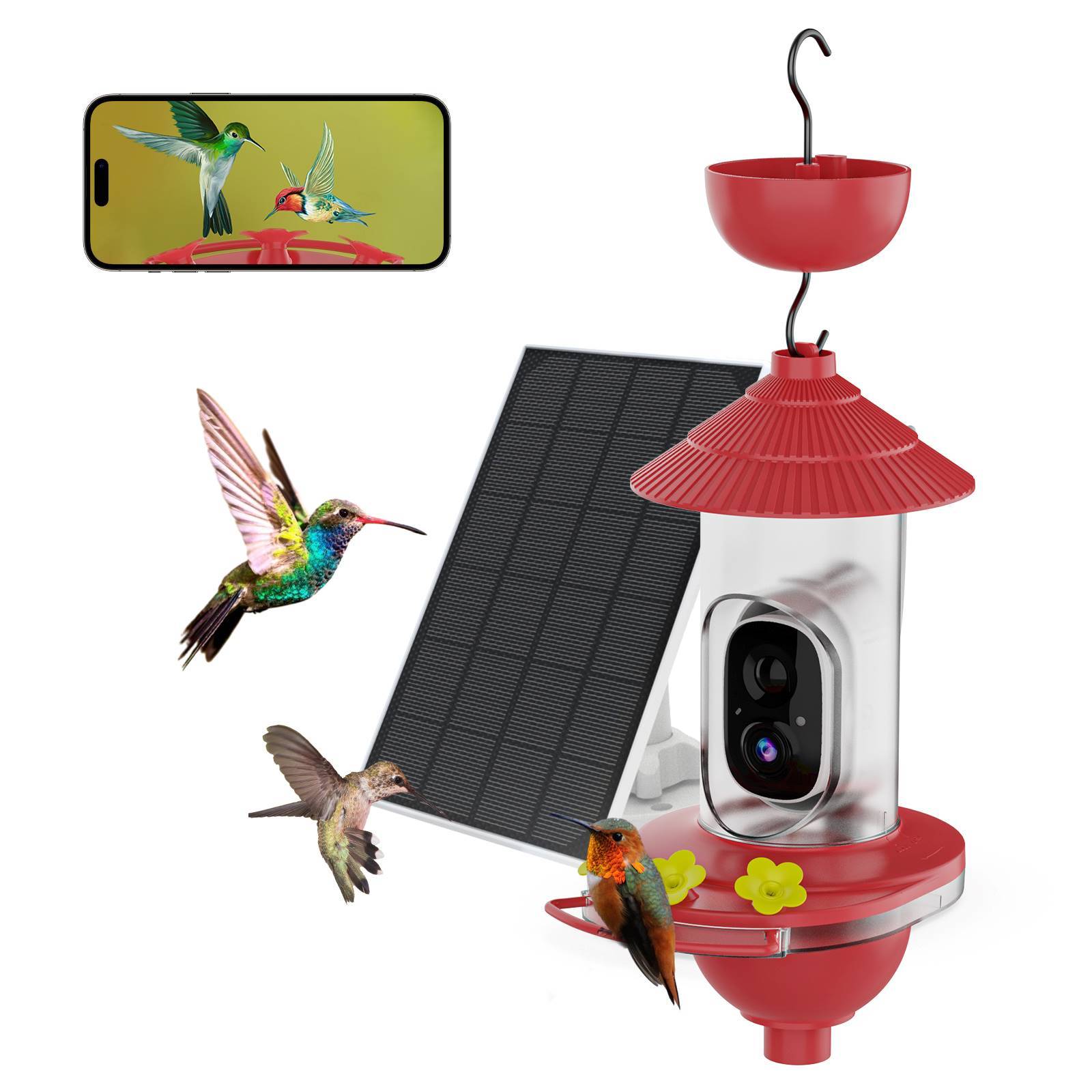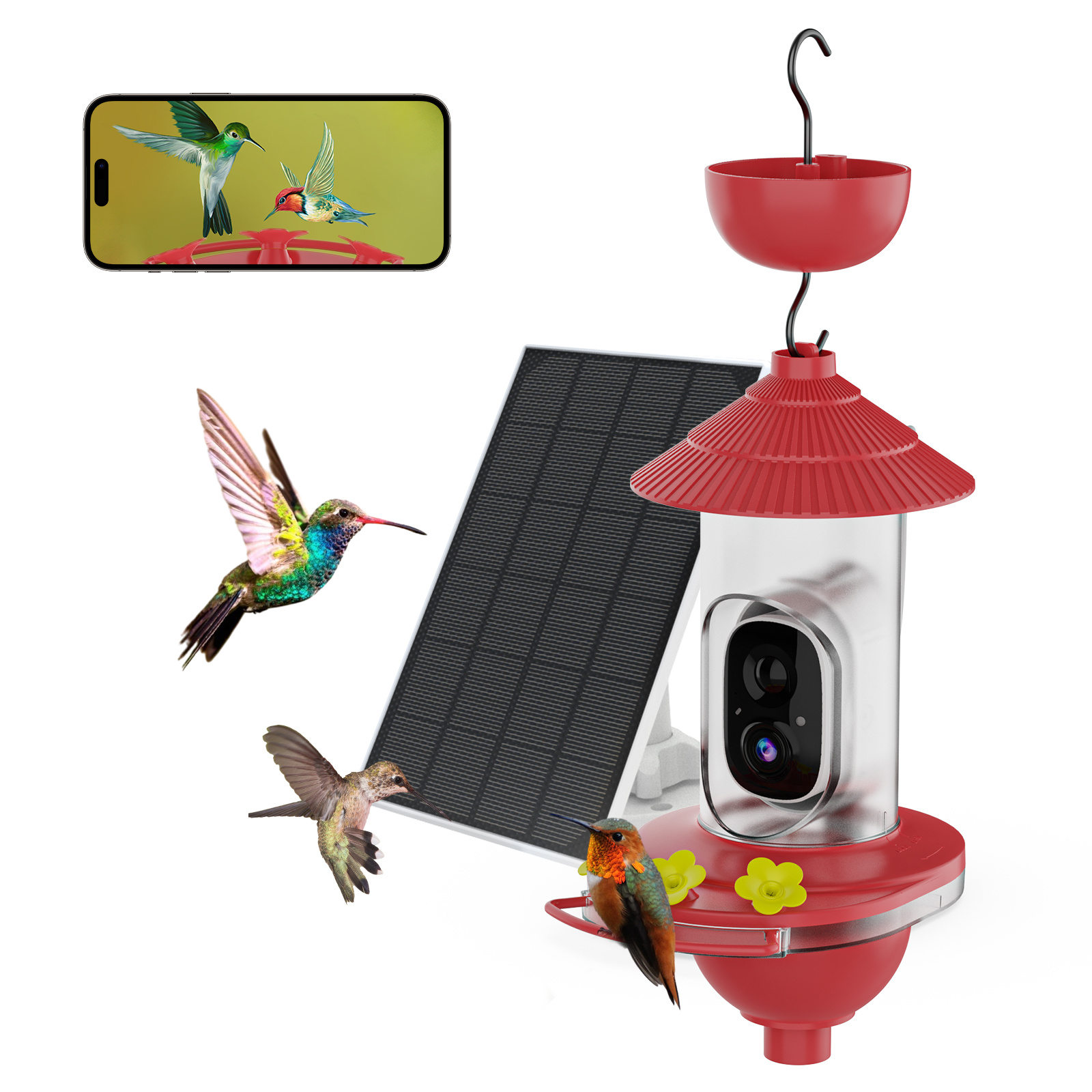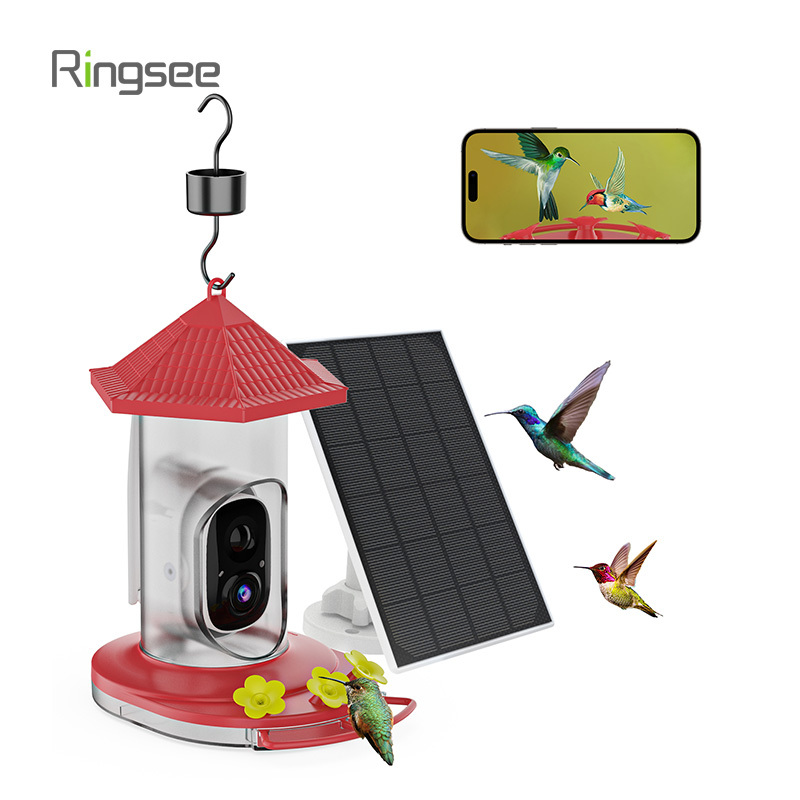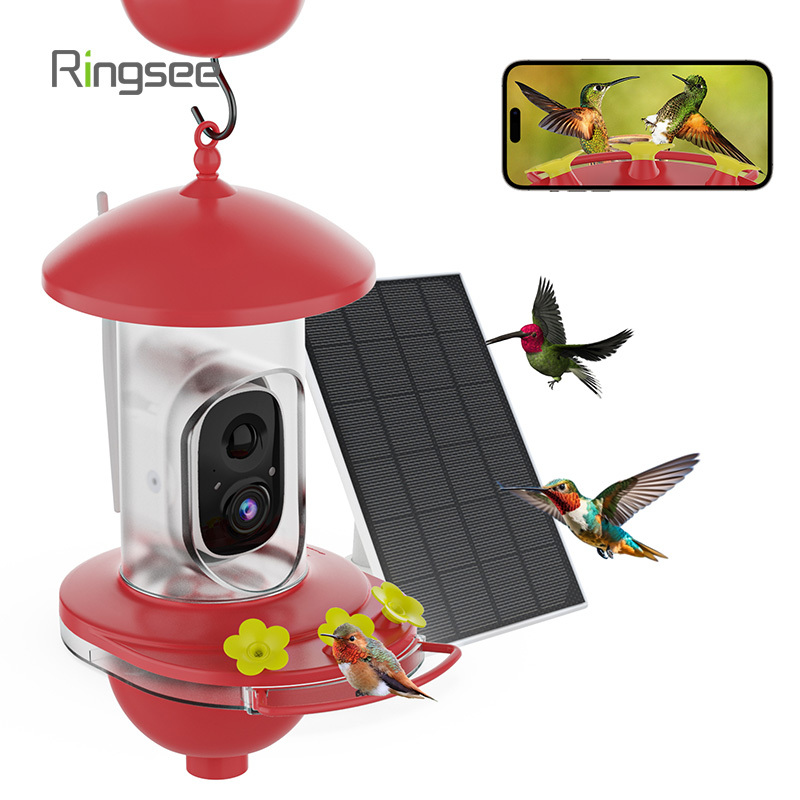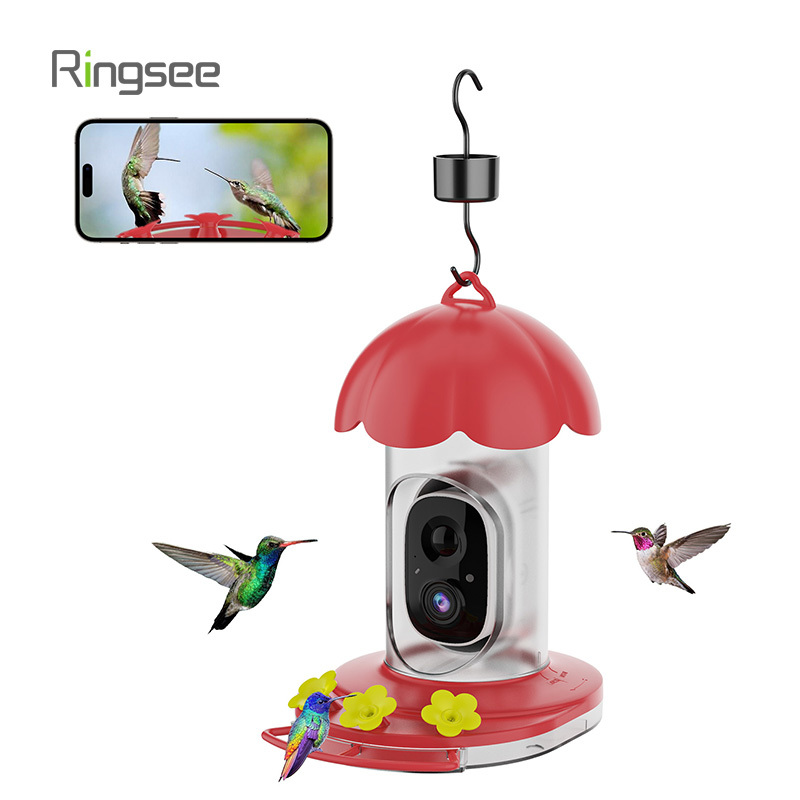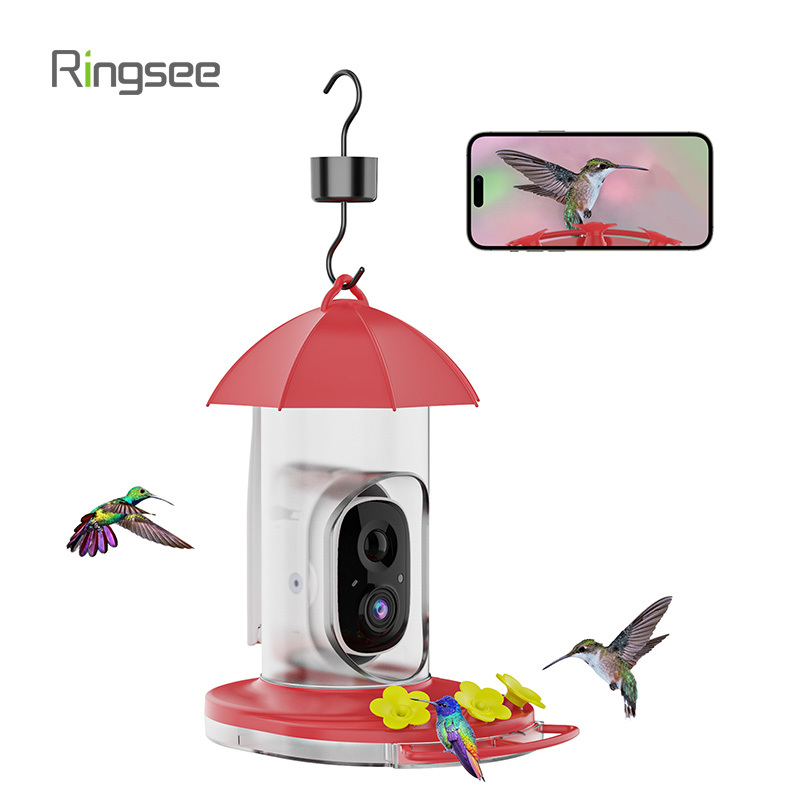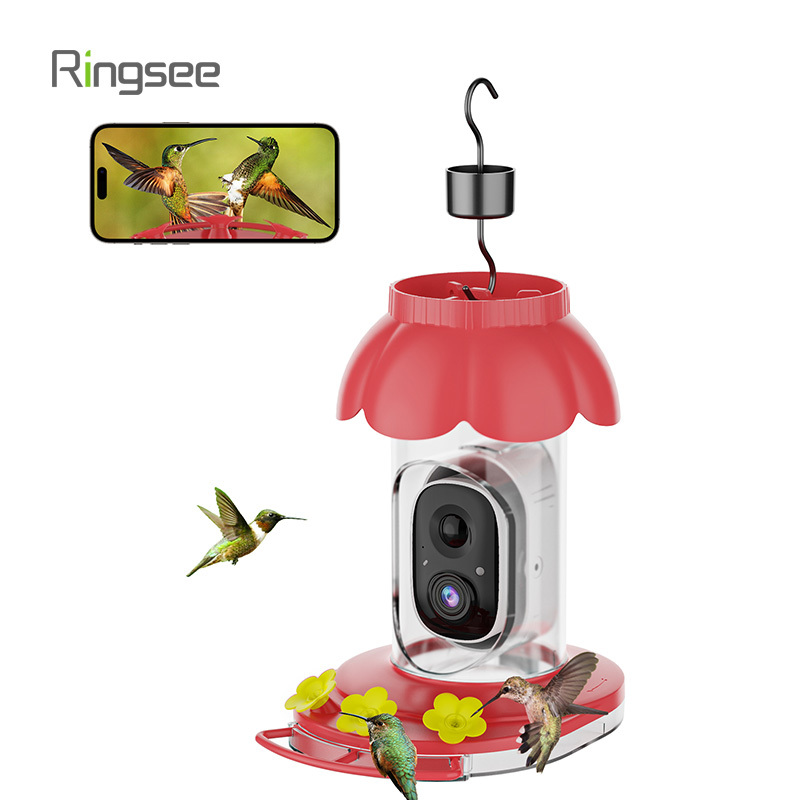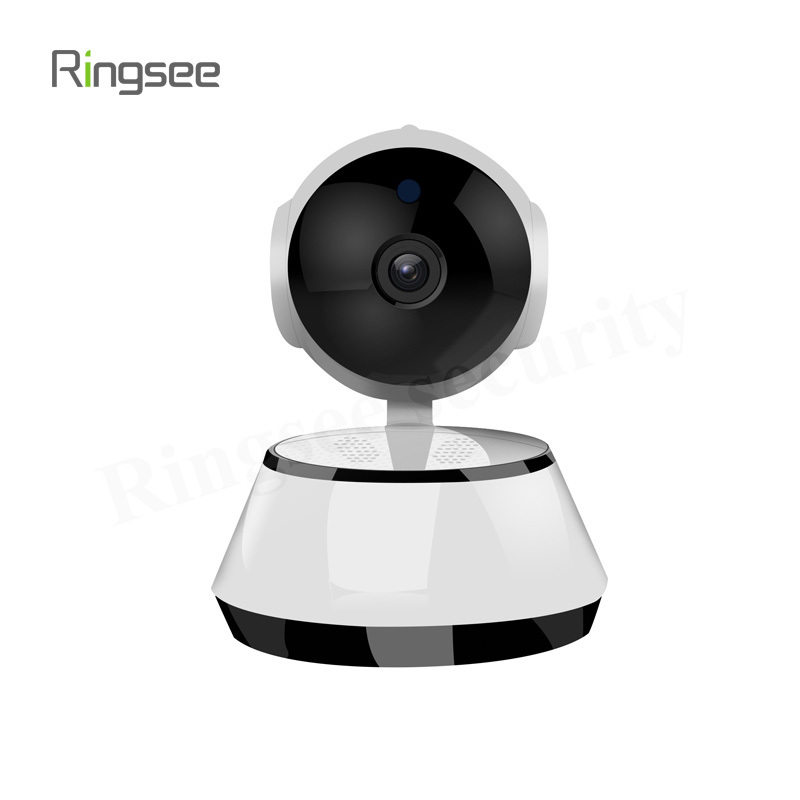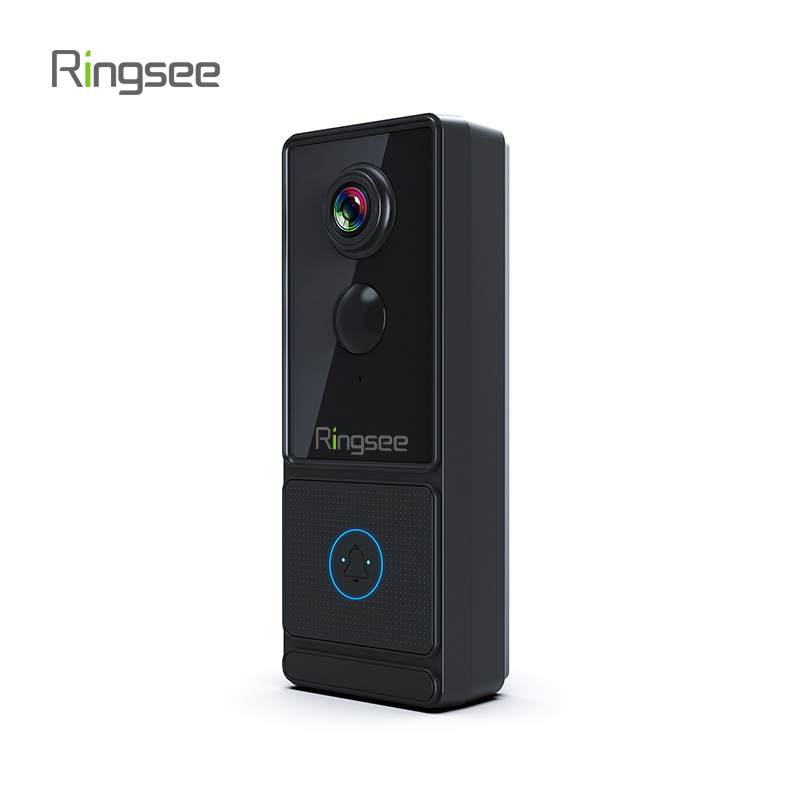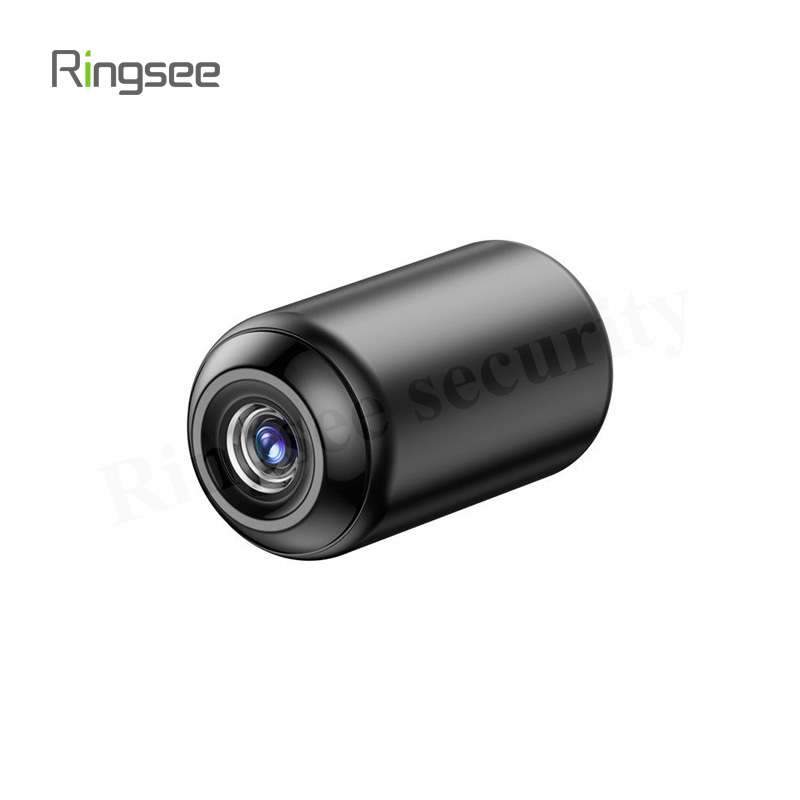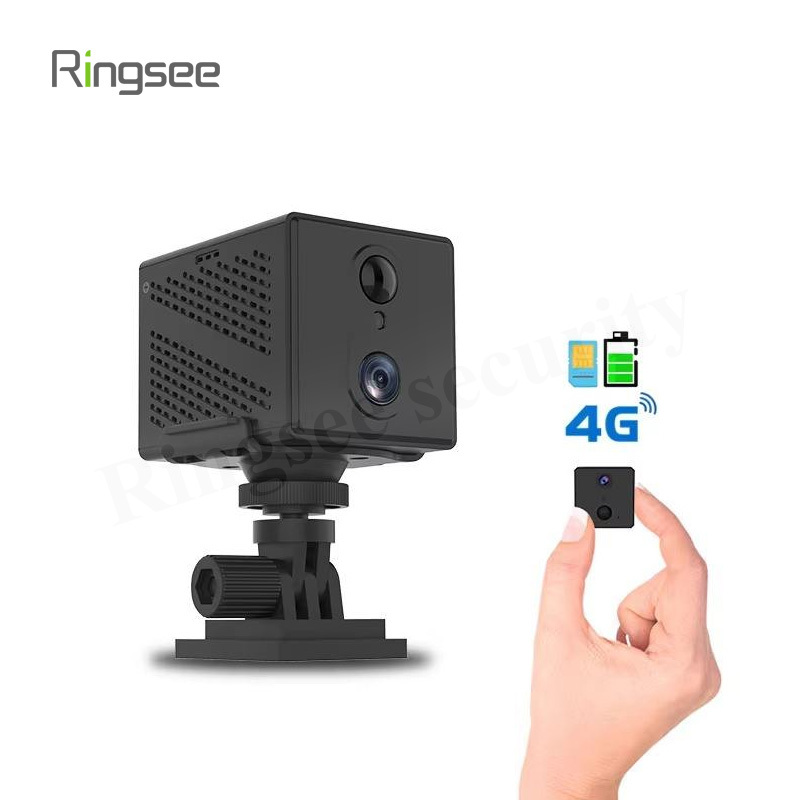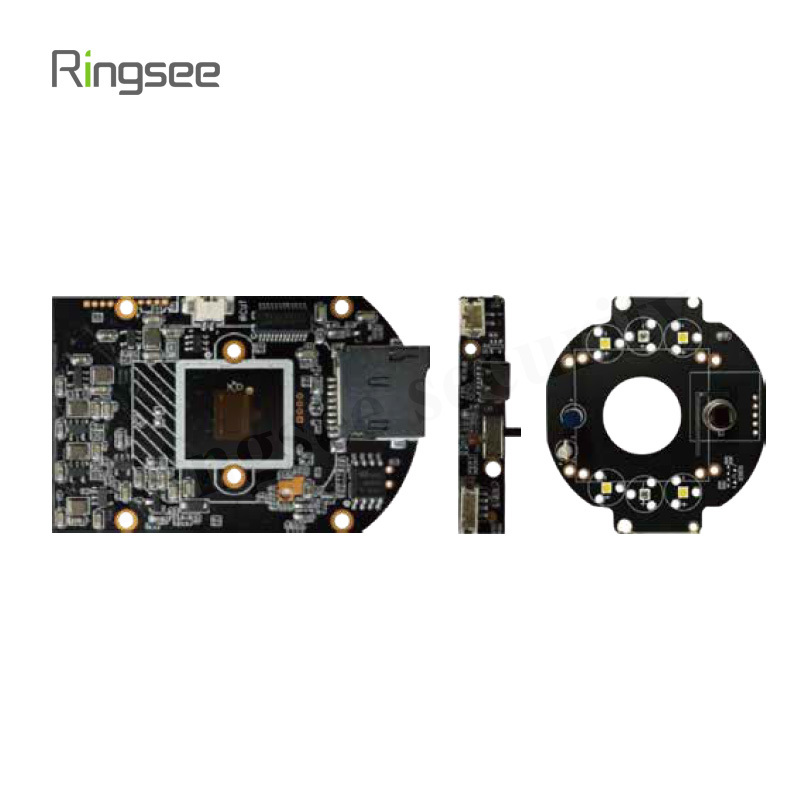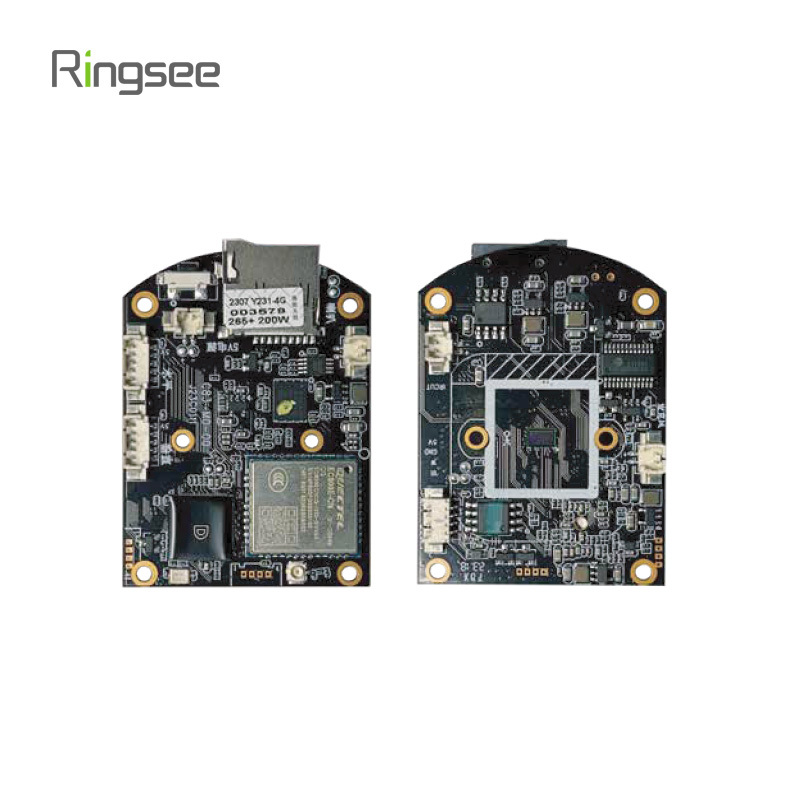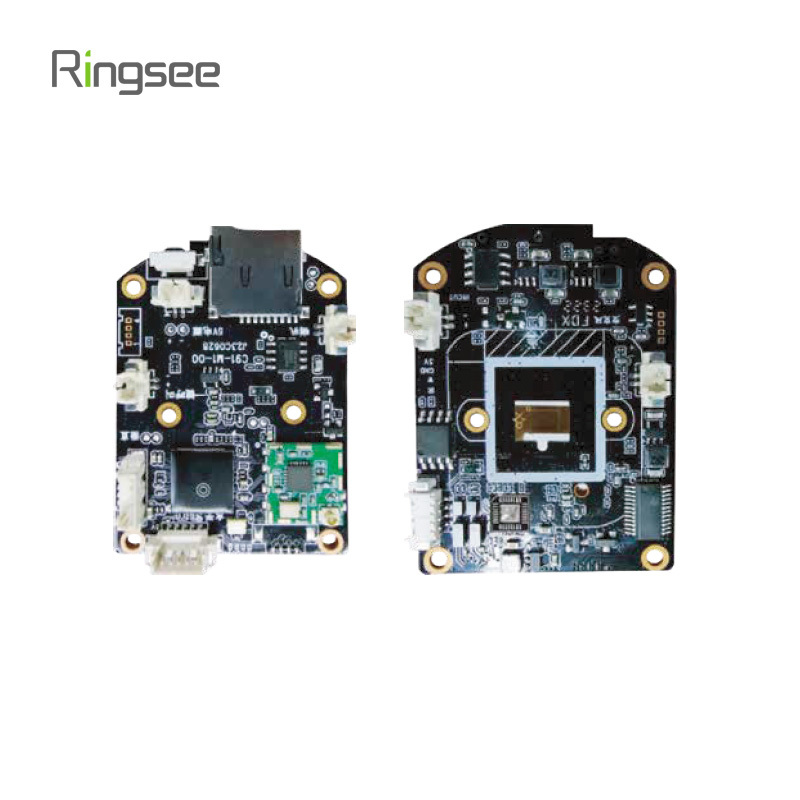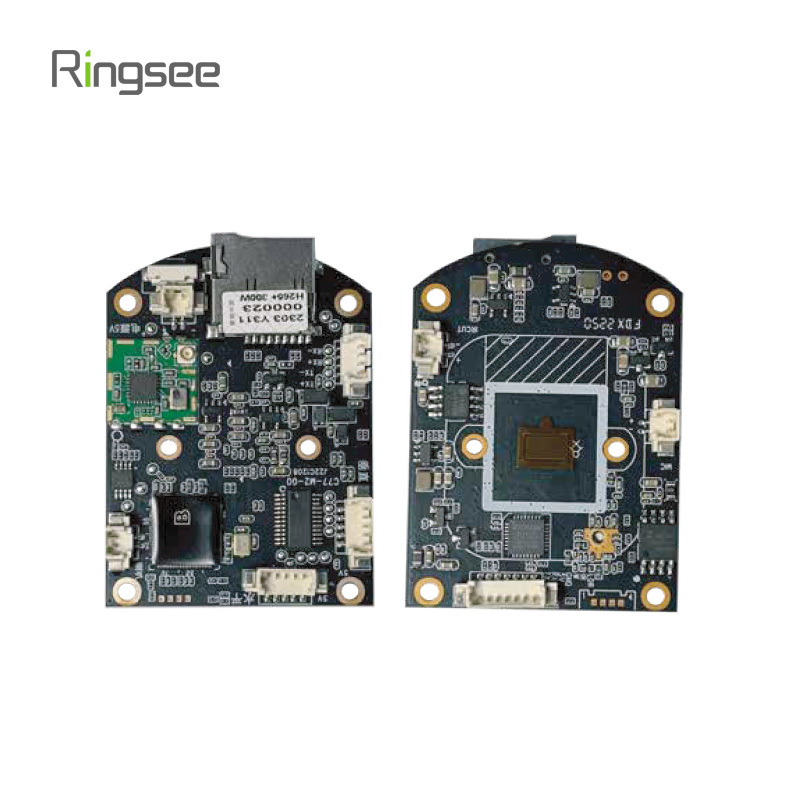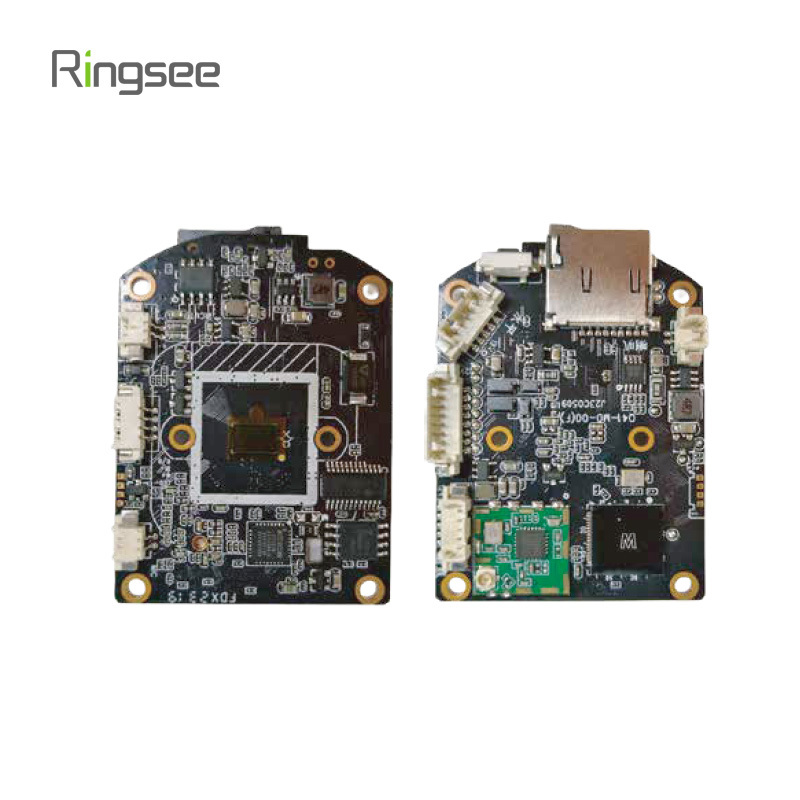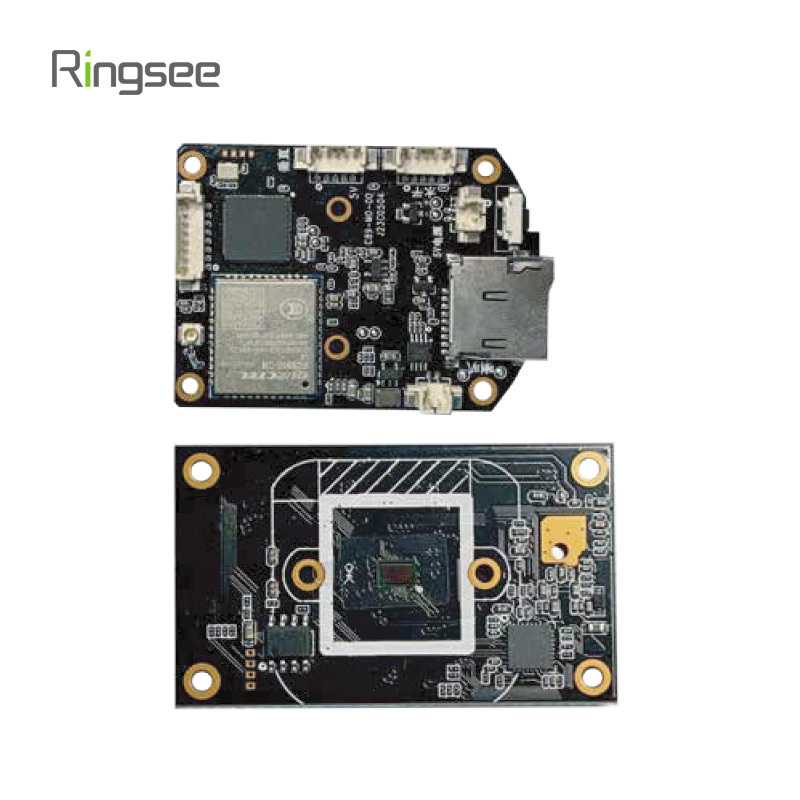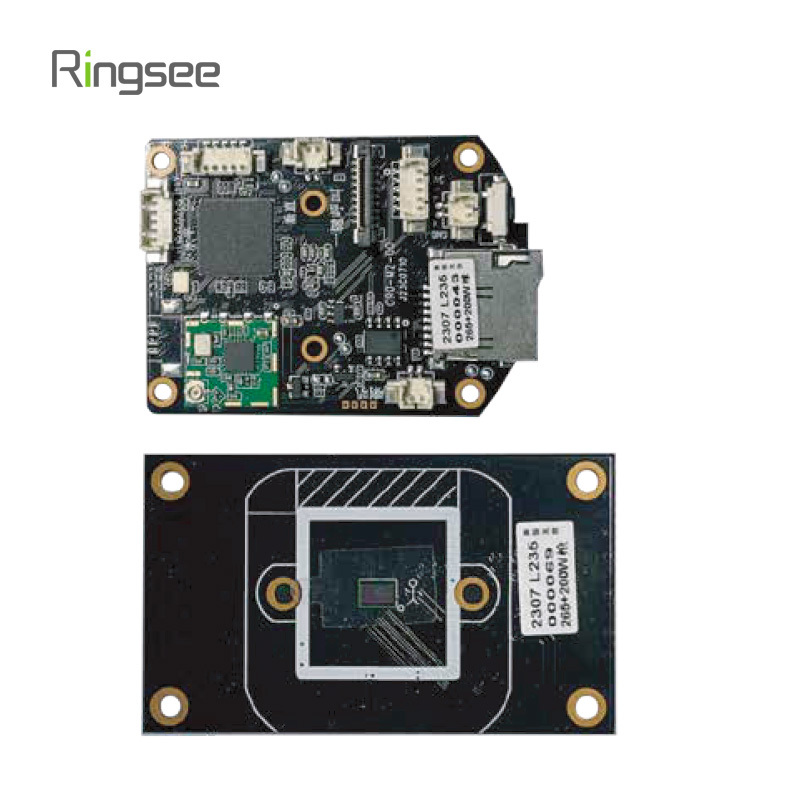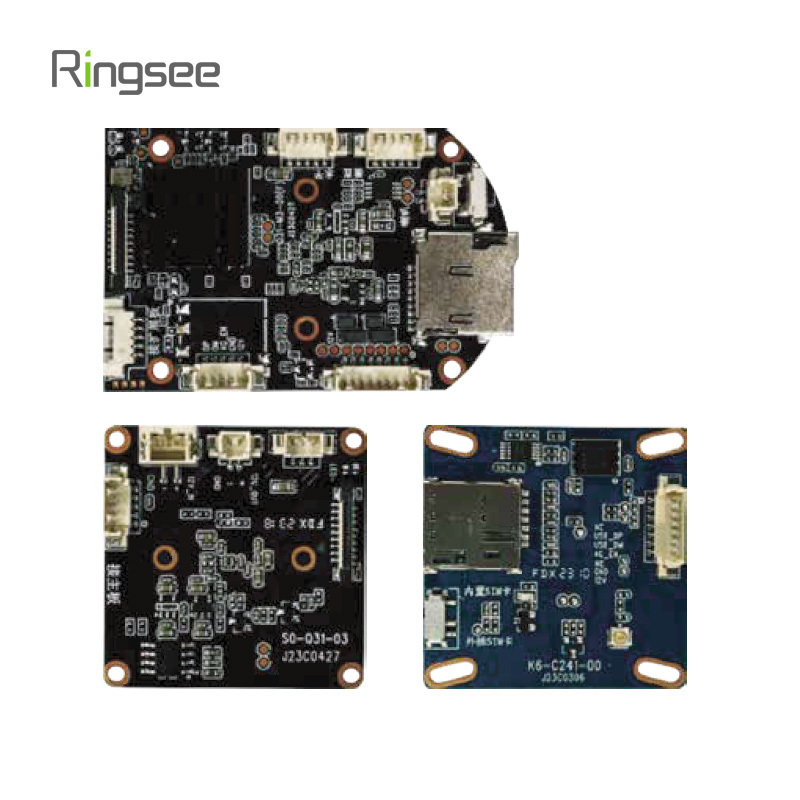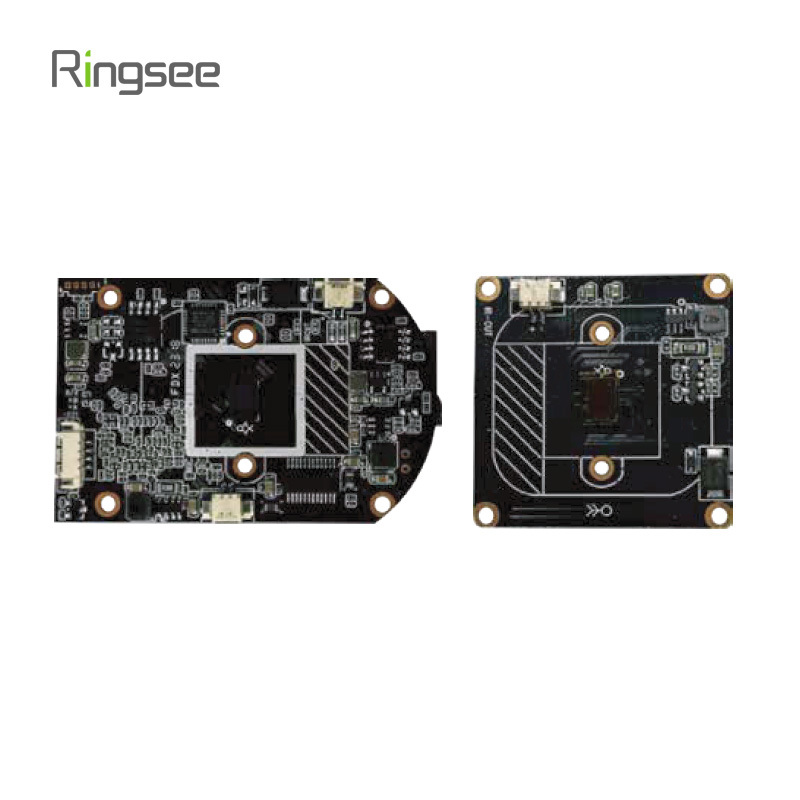Do Trail Cameras Affect Wild Animals’ Behavior? Understanding Their Real Impact
Publish:
2025-10-16 09:47
Source:
https://www.ring-see.com
Trail cameras have become essential tools for wildlife enthusiasts, hunters, and researchers who want to observe animals in their natural habitats. These devices quietly record animal activity, day and night, without requiring constant human presence.
But a growing question among ecologists and nature lovers is: Do trail cameras affect the behavior of wild animals? The answer is — sometimes, yes. However, with careful placement and the right technology, this effect can be minimized.
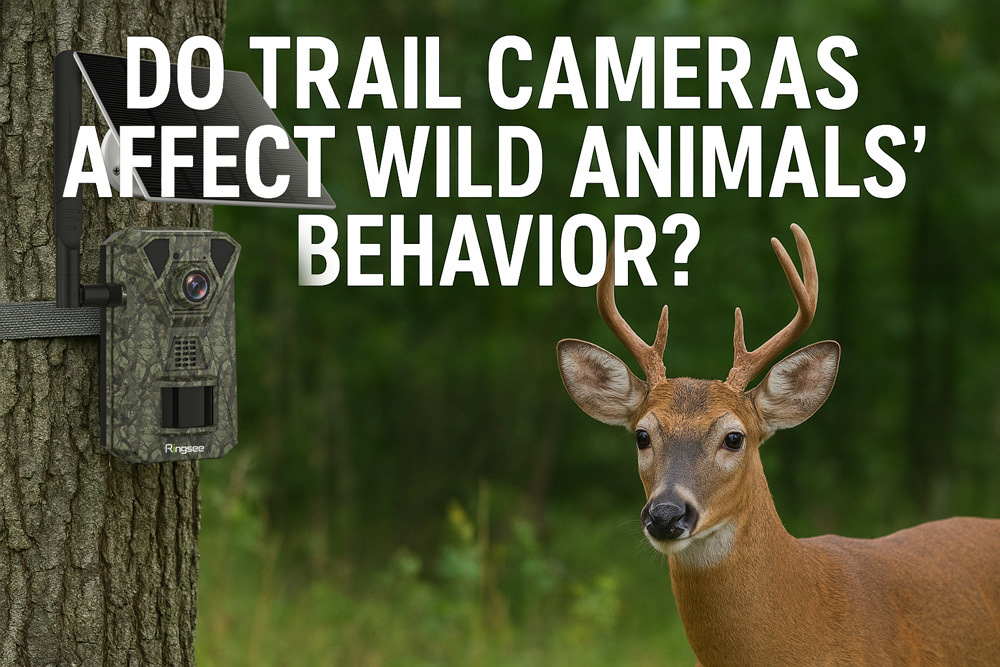
1. How Animals React to Trail Cameras
Different species react differently to the presence of a camera.
Curious animals, such as raccoons, bears, or foxes, might notice a new object in their environment and come closer to inspect it.
Cautious species, like deer or certain birds, could become wary and change their routes temporarily.
Habituation: After some time, most animals realize the device poses no danger and resume normal patterns.
Wildlife biologists often report that these behavioral changes are temporary, especially when using modern, low-profile camera models.
2. The Role of Sound and Light
Even the most advanced cameras can produce faint clicks or infrared flashes when taking photos.
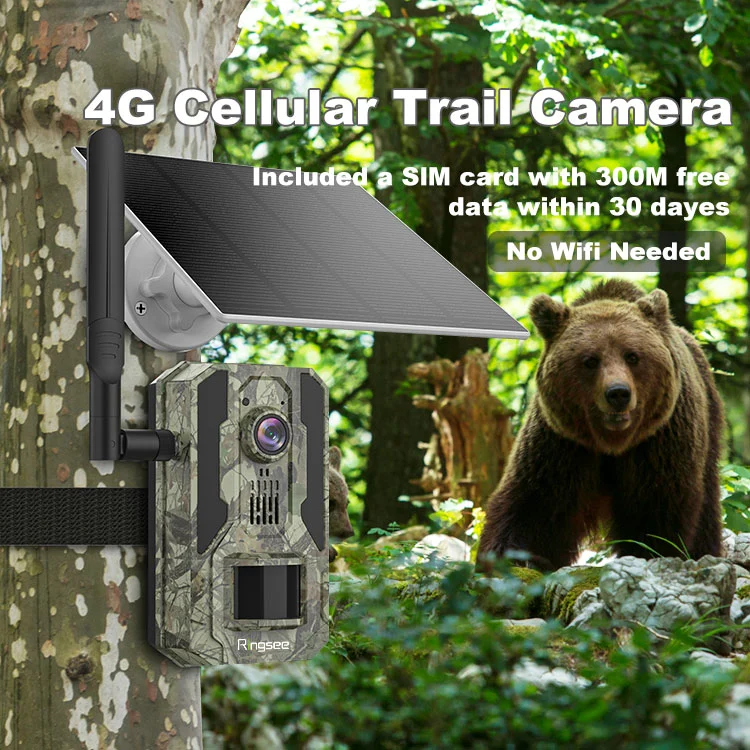
For nocturnal animals, these small signals can be noticeable. A camera’s infrared (IR) illumination may cause a momentary startle response, particularly in species that rely heavily on night vision.
To solve this, leading manufacturers now produce “no-glow” infrared trail cameras, which operate completely invisibly in the dark.
For example, the Ringsee RS-HC-9101 Solar Trail Camera uses no-glow IR LEDs, reducing disturbance while maintaining high-quality night footage.
3. The Hidden Factor: Human Scent
When setting up trail cameras, humans often leave scent traces on vegetation or soil.
Predators may approach out of curiosity, while prey species might avoid the area altogether. To reduce this impact:
Wear gloves when installing cameras.
Avoid touching the lens and housing with bare hands.
Use scent-neutralizing sprays if possible.
These small steps help maintain natural behavior patterns and ensure more accurate data collection.
4. Do Cameras Affect Research Results?
In wildlife studies, even subtle behavioral changes can influence data. If animals avoid or are attracted to cameras, the accuracy of population surveys and habitat studies can be affected.
To minimize this, researchers often:
Rotate camera locations regularly.
Use multiple camera placements to balance data.
Choose camouflaged, low-noise models that blend into the environment.
5. How to Minimize Disturbance
For both hobbyists and professionals, here are best practices to reduce impact on wildlife:
Choose no-glow or low-glow infrared trail cameras.
Mount cameras slightly above eye level.
Camouflage them using natural materials.
Limit how often you visit the camera site.
Select solar-powered models like Ringsee’s solar trail camera series to minimize human interference.
Conclusion
While trail cameras can occasionally influence animal behavior, these effects are minor and manageable.
Modern designs — especially solar-powered, no-glow models like those from Ringsee — allow for more natural, undisturbed observation of wildlife.
With proper setup and ethical practices, trail cameras remain one of the most powerful, non-invasive tools for understanding and protecting the natural world.
Prev:
Related News
Do Trail Cameras Affect Wild Animals’ Behavior? Understanding Their Real Impact
Do trail cameras affect wildlife behavior? Learn how animals react to cameras and discover how no-glow solar trail cameras from Ringsee minimize disturbance for ethical, accurate observation.
Oct 16,2025
How to Find Top Mini Camera Manufacturers in China: 5 Leading Suppliers & Buyer’s Guide
A detailed guide to locating and vetting mini camera manufacturers in China. Discover 5 leading Chinese suppliers, tips for sourcing, and strategies to validate quality and reliability.
Oct 15,2025
How Solar Trail Cameras Quietly Win You More Time in the Field
swap frequent battery-swap trips for a solar-powered trail-camera setup and you’ll disturb game less, lose fewer key photo windows to dead batteries, and free up hours (and dollars) to invest back into better scouting and more time hunting. The case for solar isn't just technical — it’s tactical.
Oct 14,2025
China’s Video Surveillance Boom: How AI, Cloud, and Smart Cities Are Shaping a $10 Billion Market
Explore China’s booming video surveillance market — driven by AI, cloud, and smart cities — projected to exceed USD 10B by 2035. Learn key trends & insights.
Oct 13,2025
Can Wildlife Cameras Recognize Specific Animals? The Rise of AI-Powered Detection in Conservation
Discover how AI-powered wildlife cameras are transforming animal recognition and species monitoring. Learn how intelligent camera systems—like those developed by Ringsee—can identify, classify, and even track individual animals to support global conservation efforts.
Oct 11,2025
Links:One Belt Power Technology
Add: 14th Floor, Baoshan Building, Longhua District, Shenzhen China.
Privacy Policy | SEO | CitySite | Support: 300.cn Dongguan
COOKIES
Our website uses cookies and similar technologies to personalize the advertising shown to you and to help you get the best experience on our website. For more information, see our Privacy & Cookie Policy
COOKIES
Our website uses cookies and similar technologies to personalize the advertising shown to you and to help you get the best experience on our website. For more information, see our Privacy & Cookie Policy
These cookies are necessary for basic functions such as payment. Standard cookies cannot be turned off and do not store any of your information.
These cookies collect information, such as how many people are using our site or which pages are popular, to help us improve the customer experience. Turning these cookies off will mean we can't collect information to improve your experience.
These cookies enable the website to provide enhanced functionality and personalization. They may be set by us or by third-party providers whose services we have added to our pages. If you do not allow these cookies, some or all of these services may not function properly.
These cookies help us understand what you are interested in so that we can show you relevant advertising on other websites. Turning these cookies off will mean we are unable to show you any personalized advertising.

